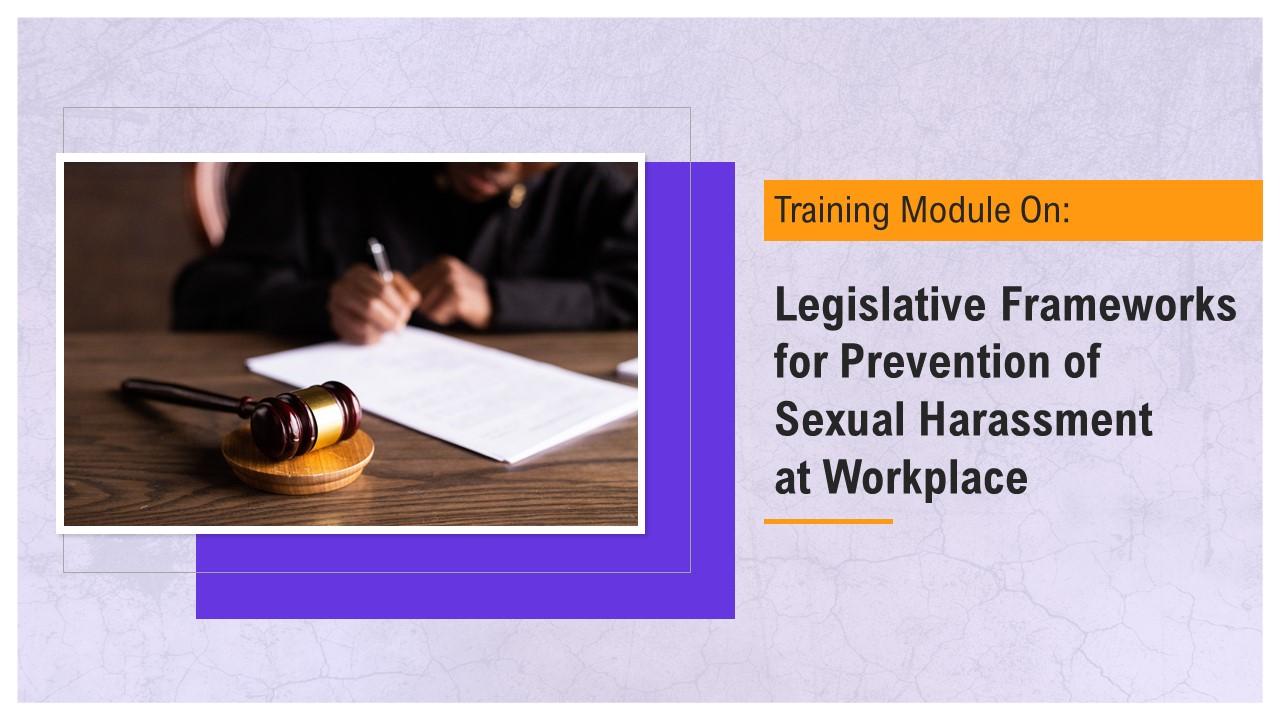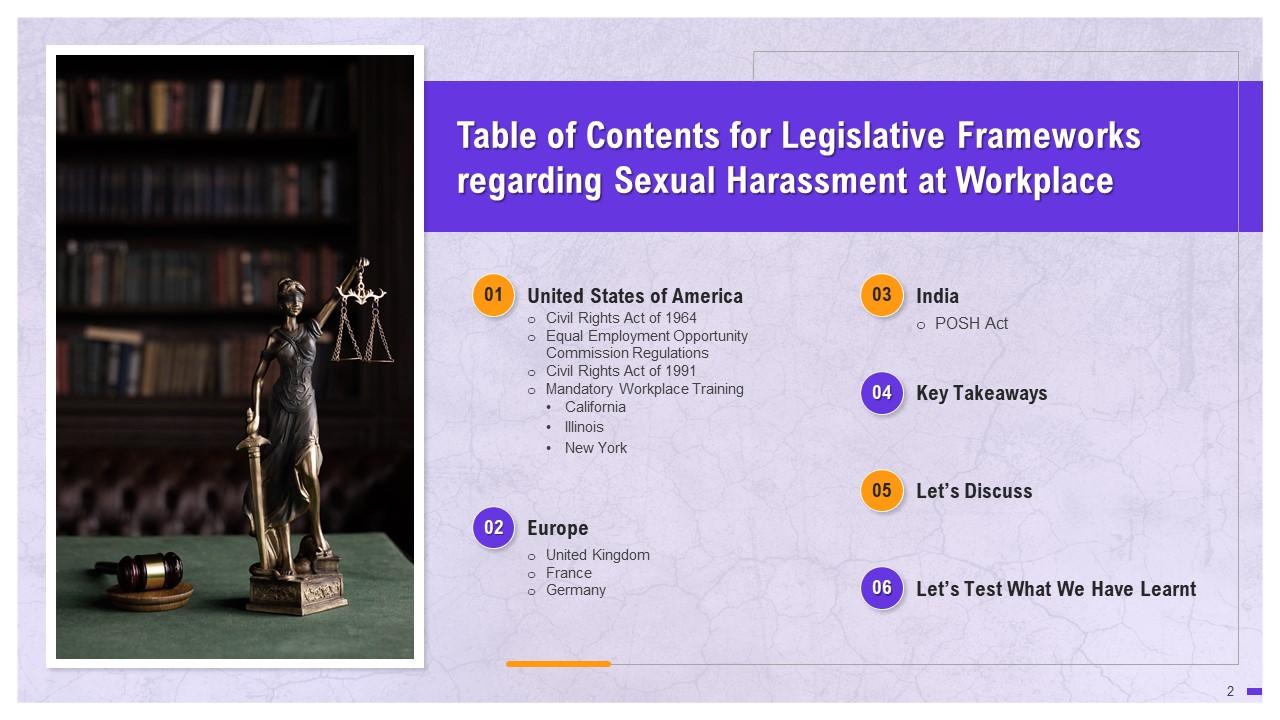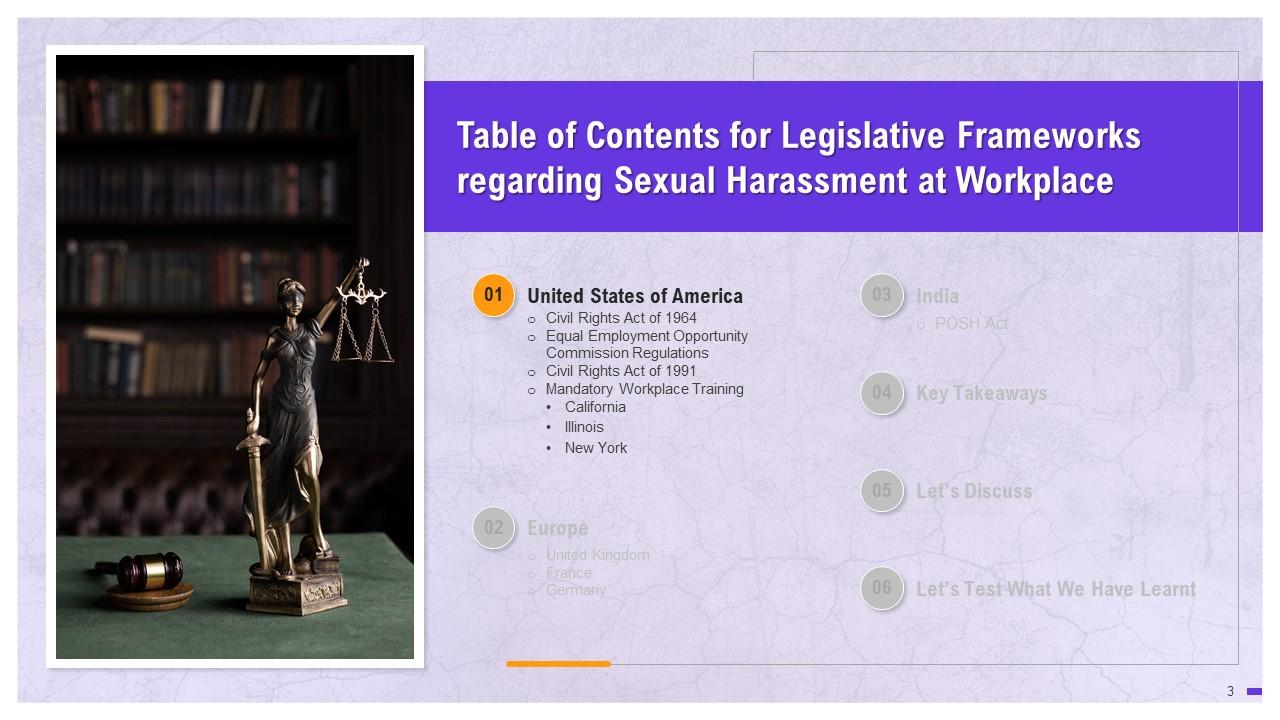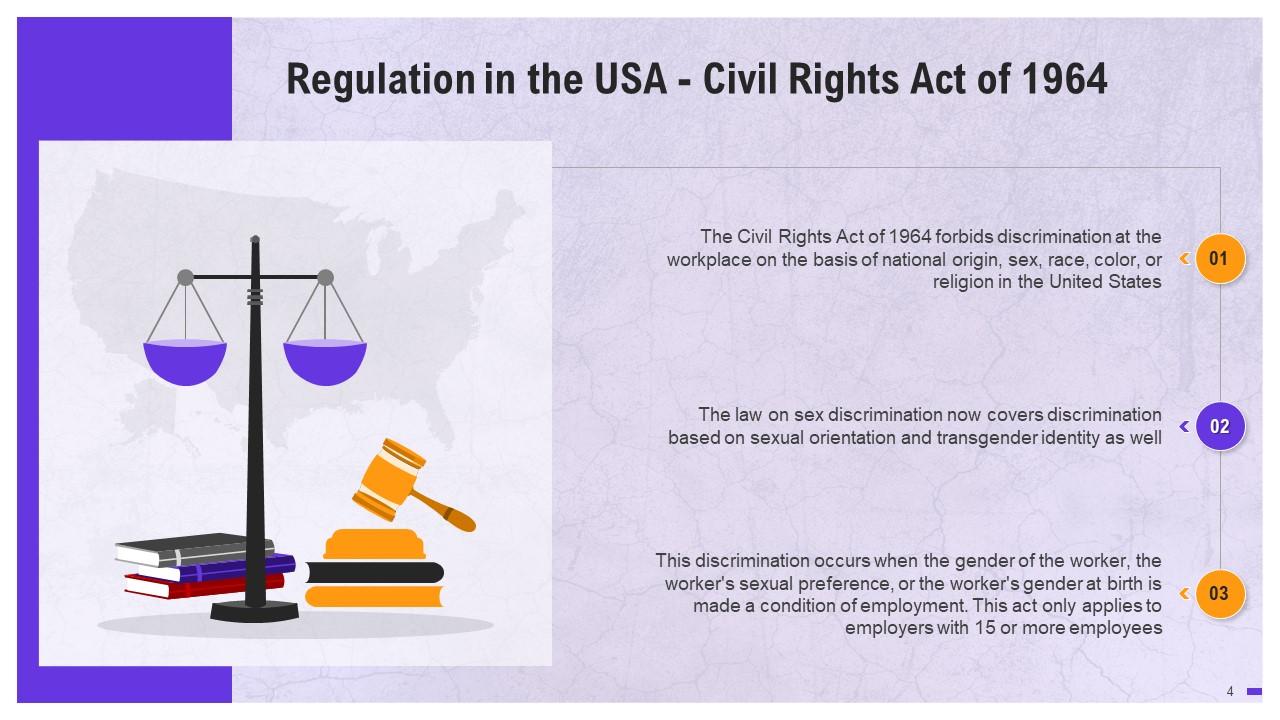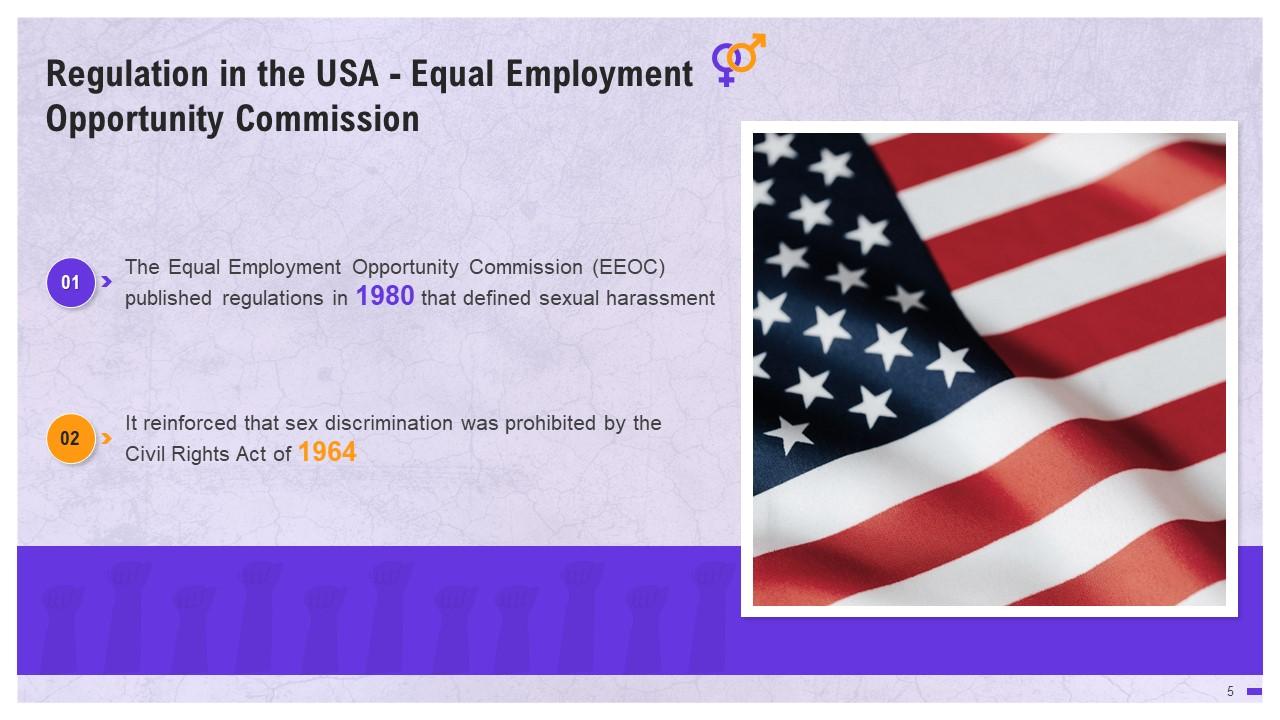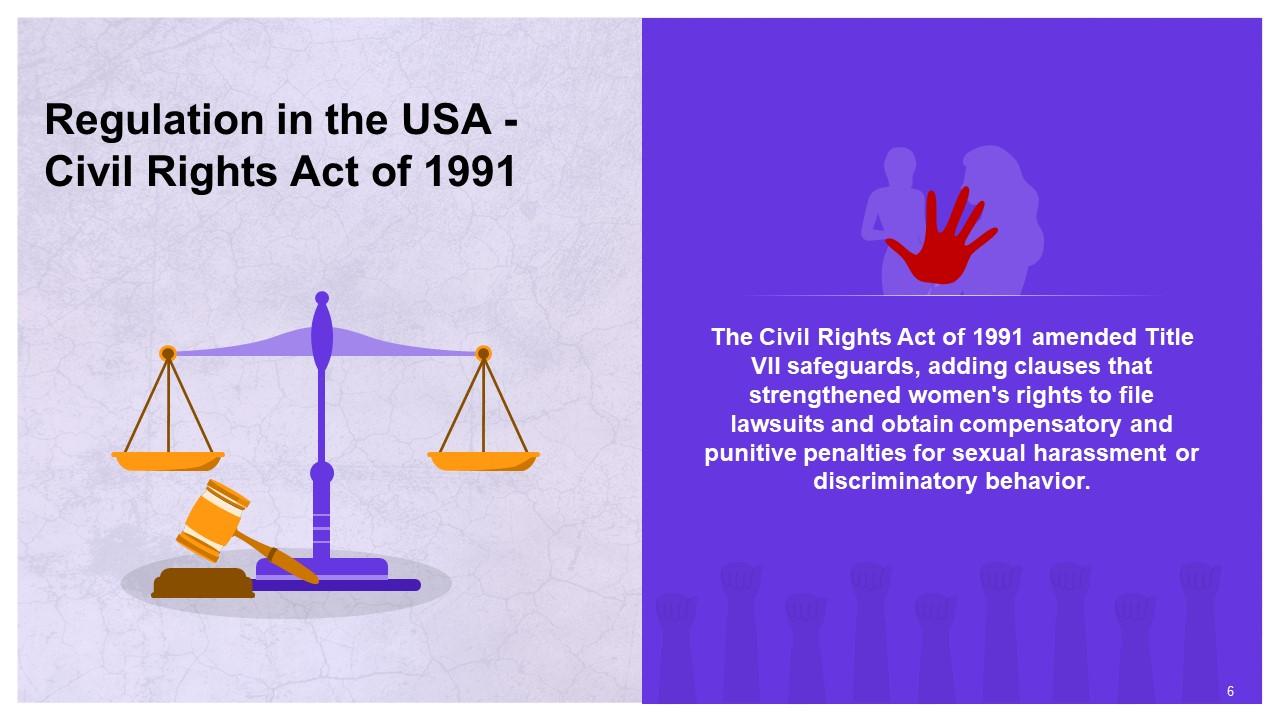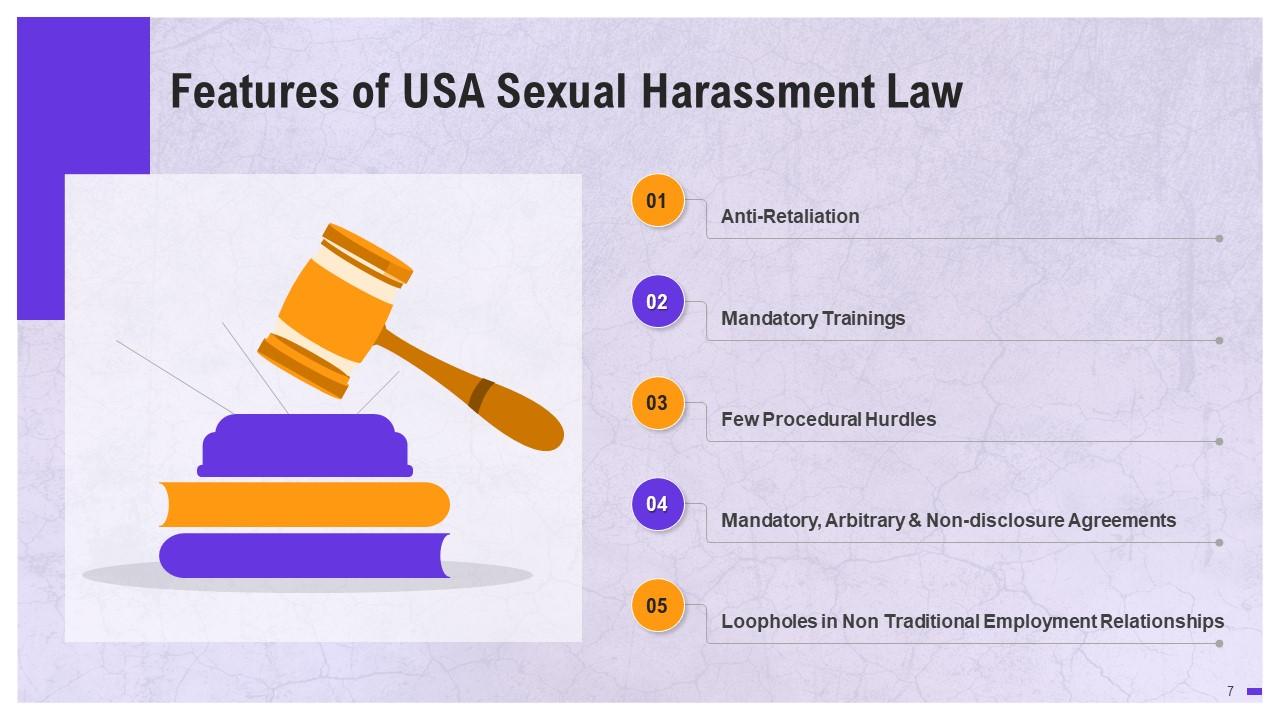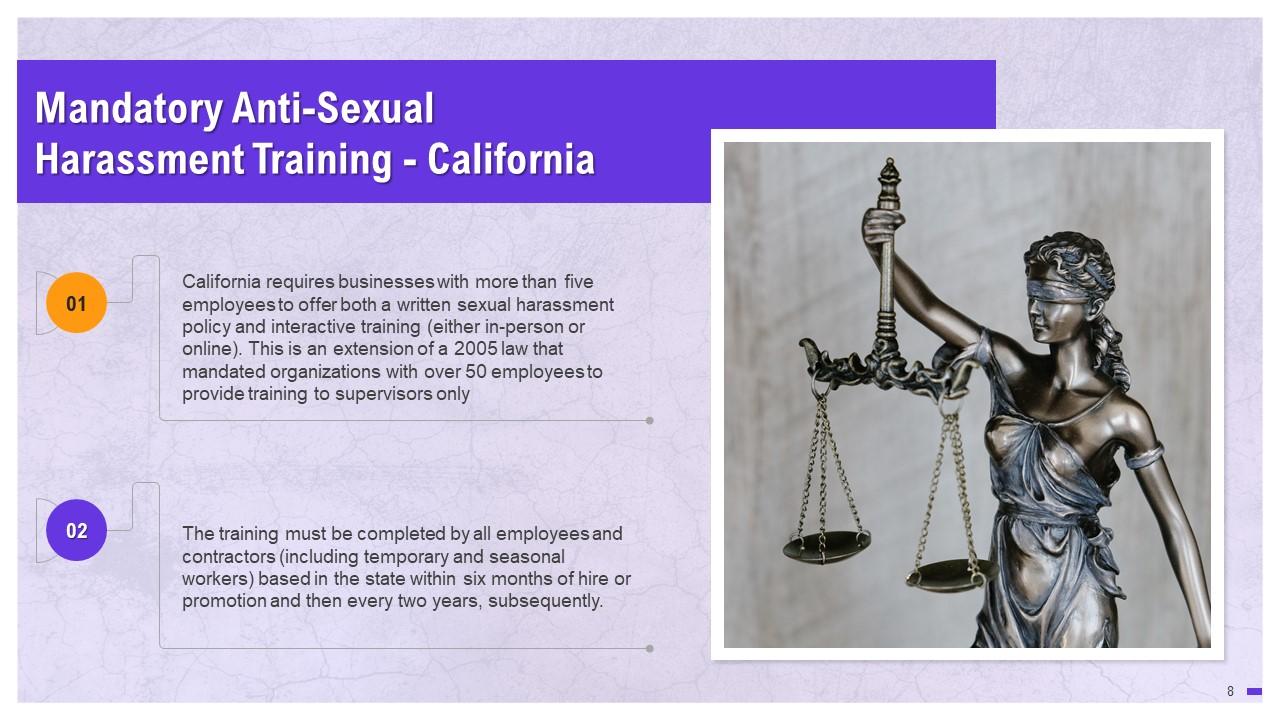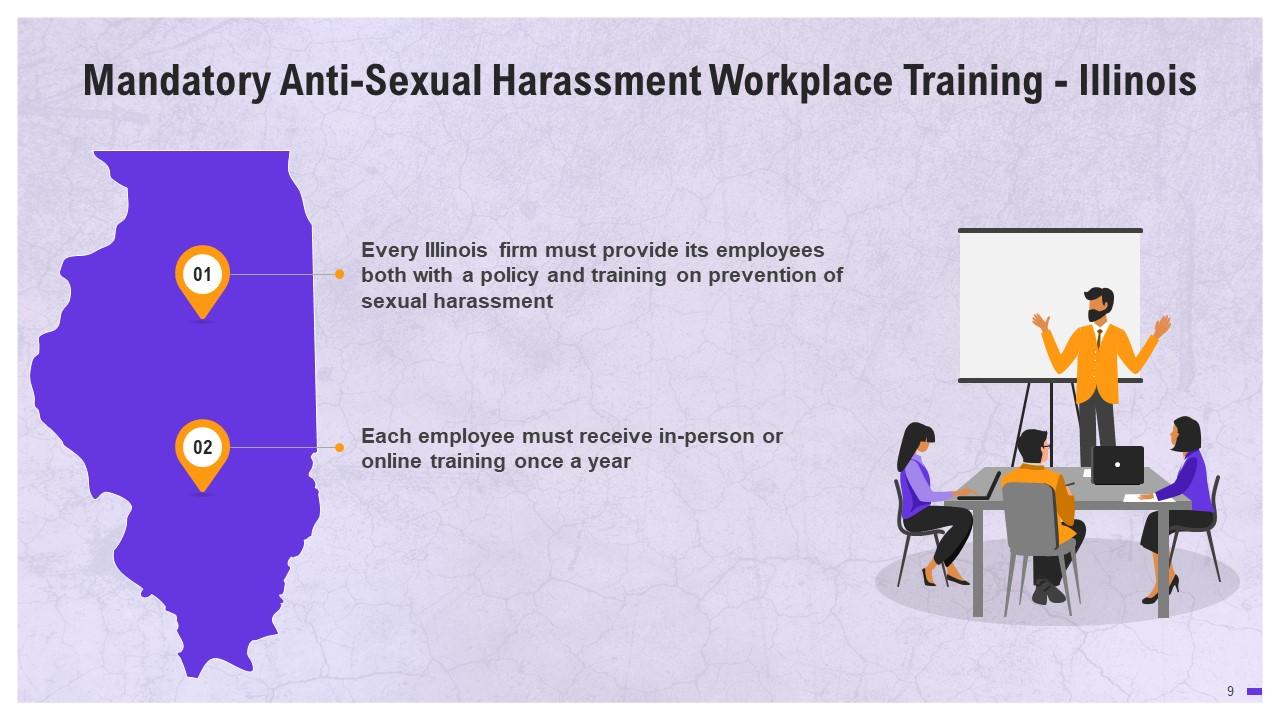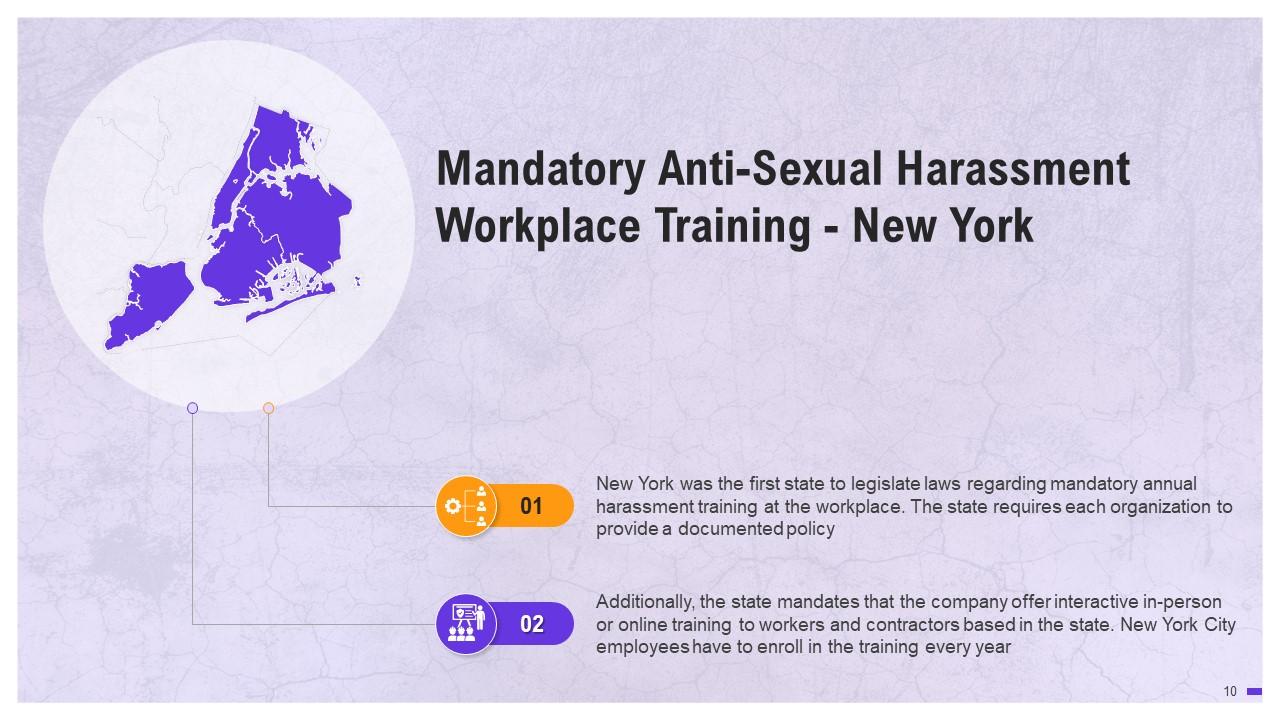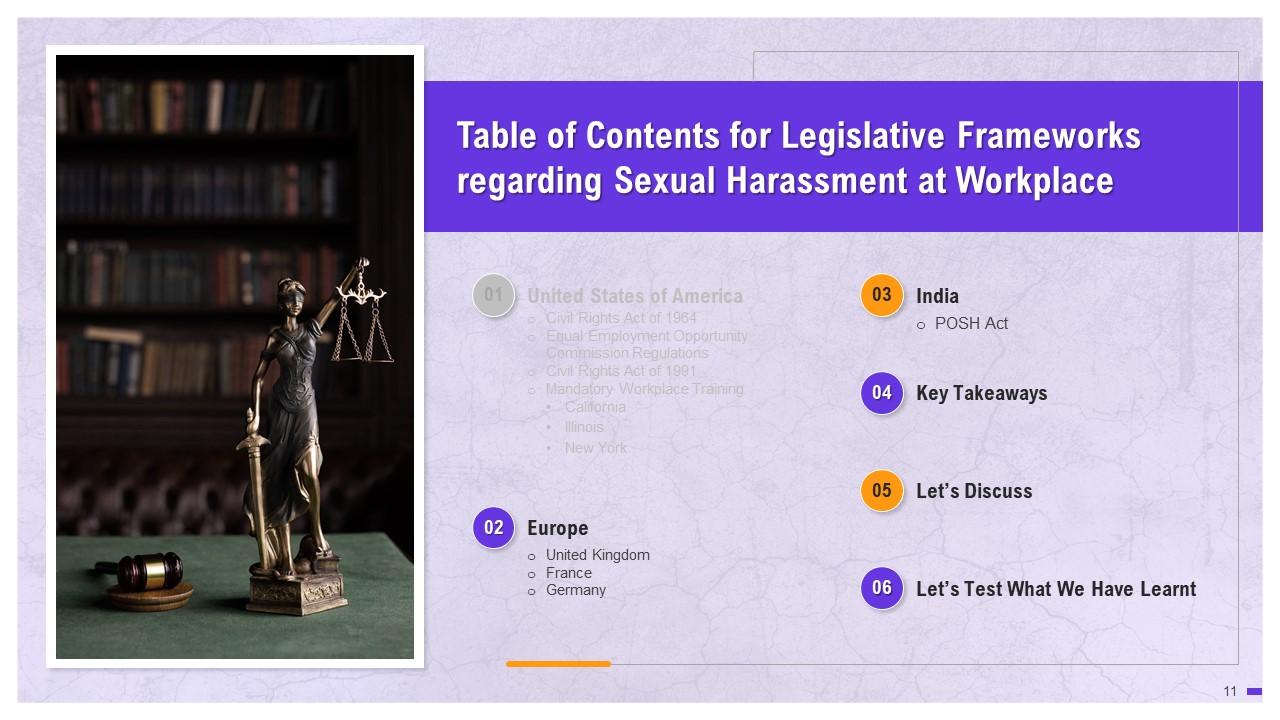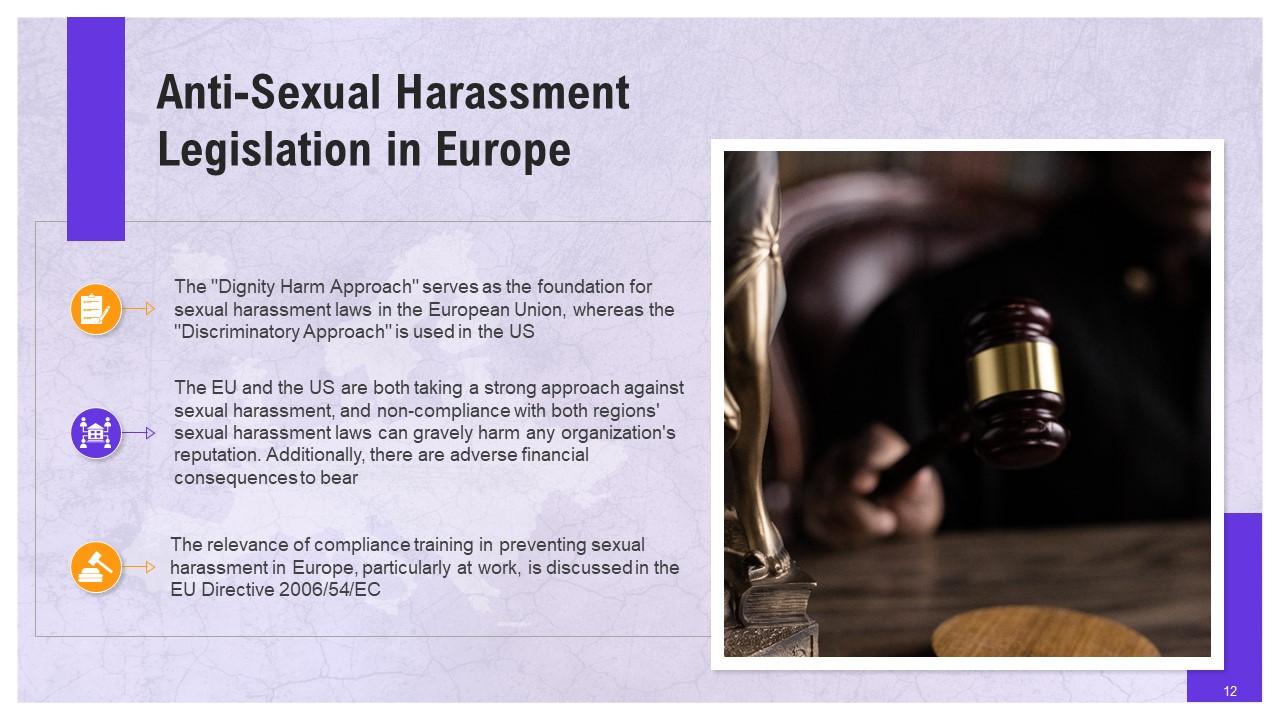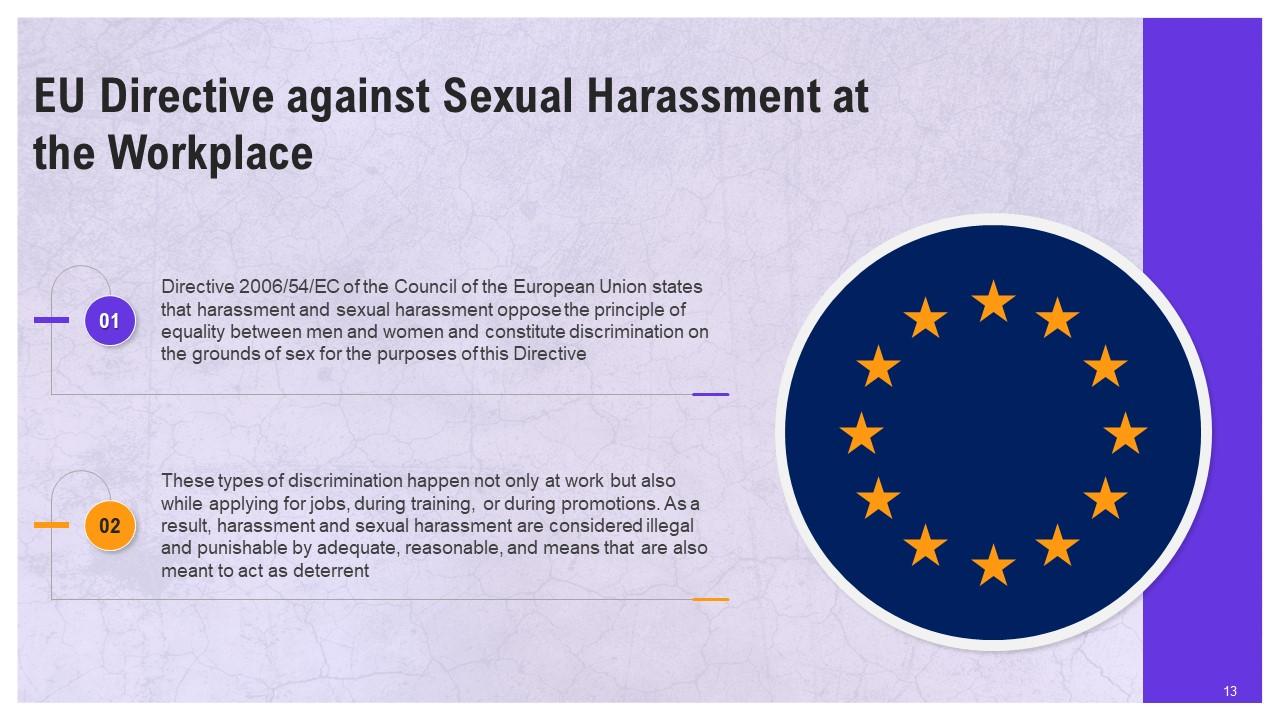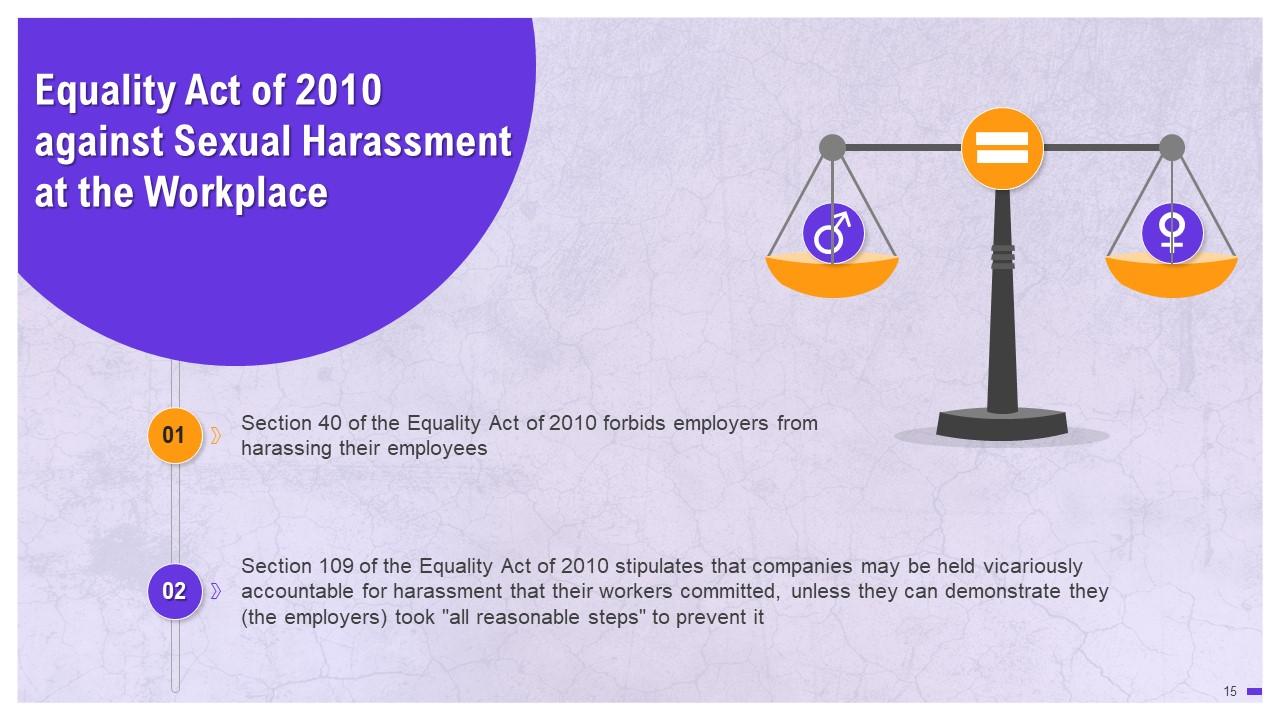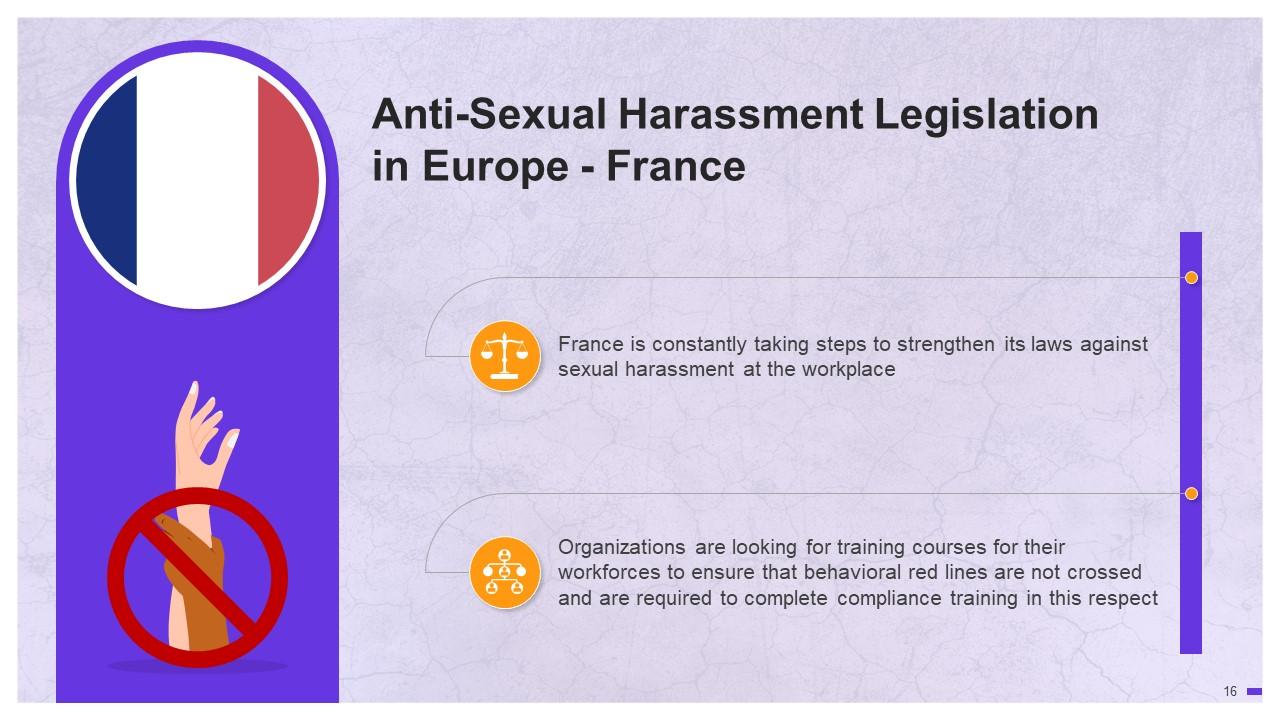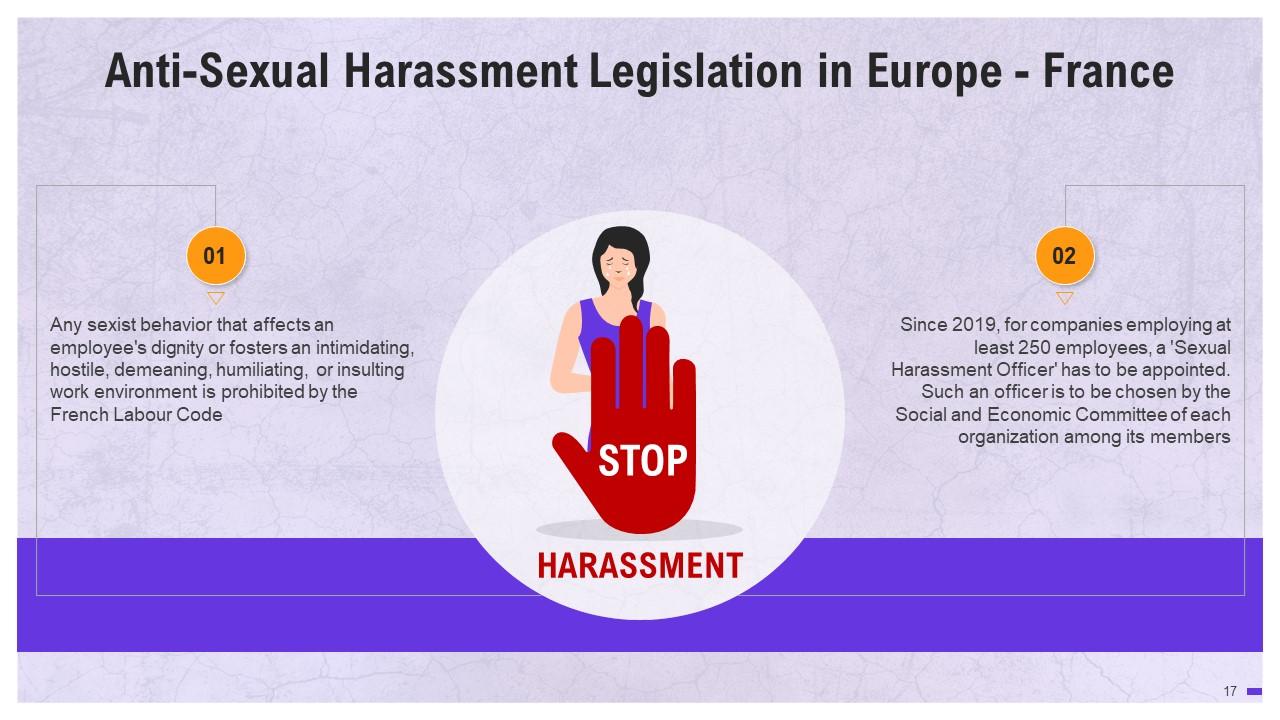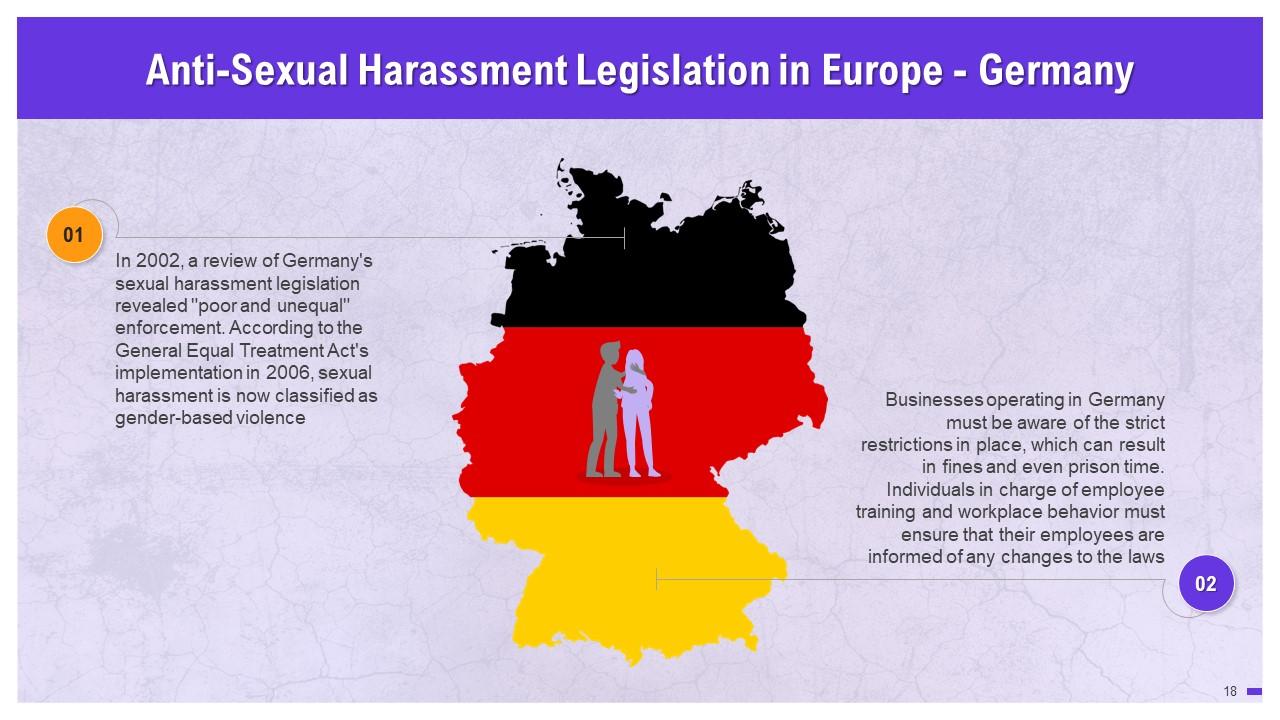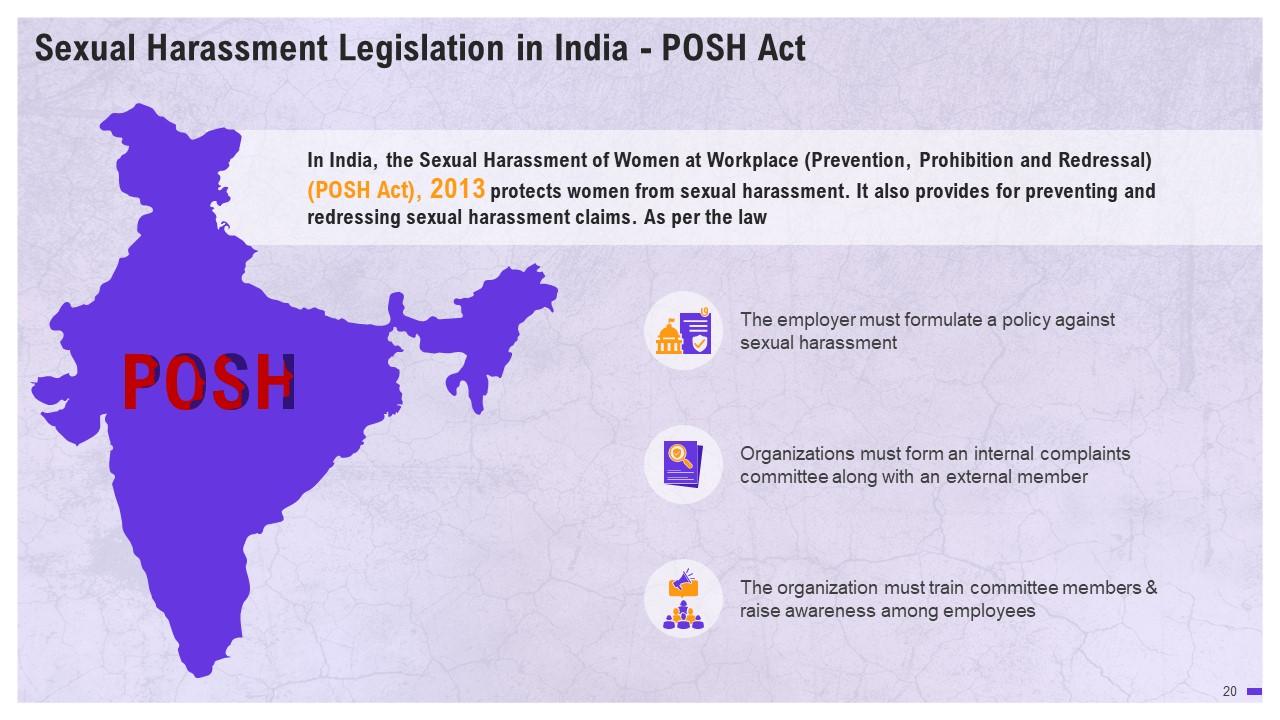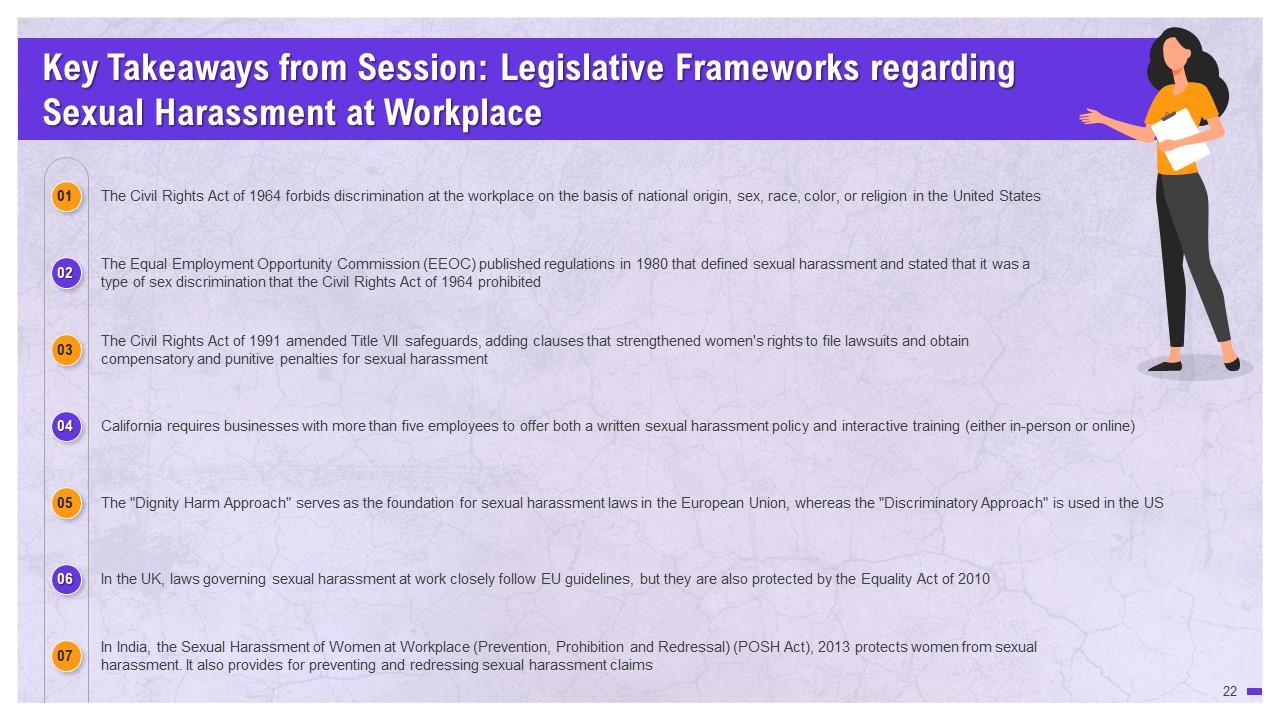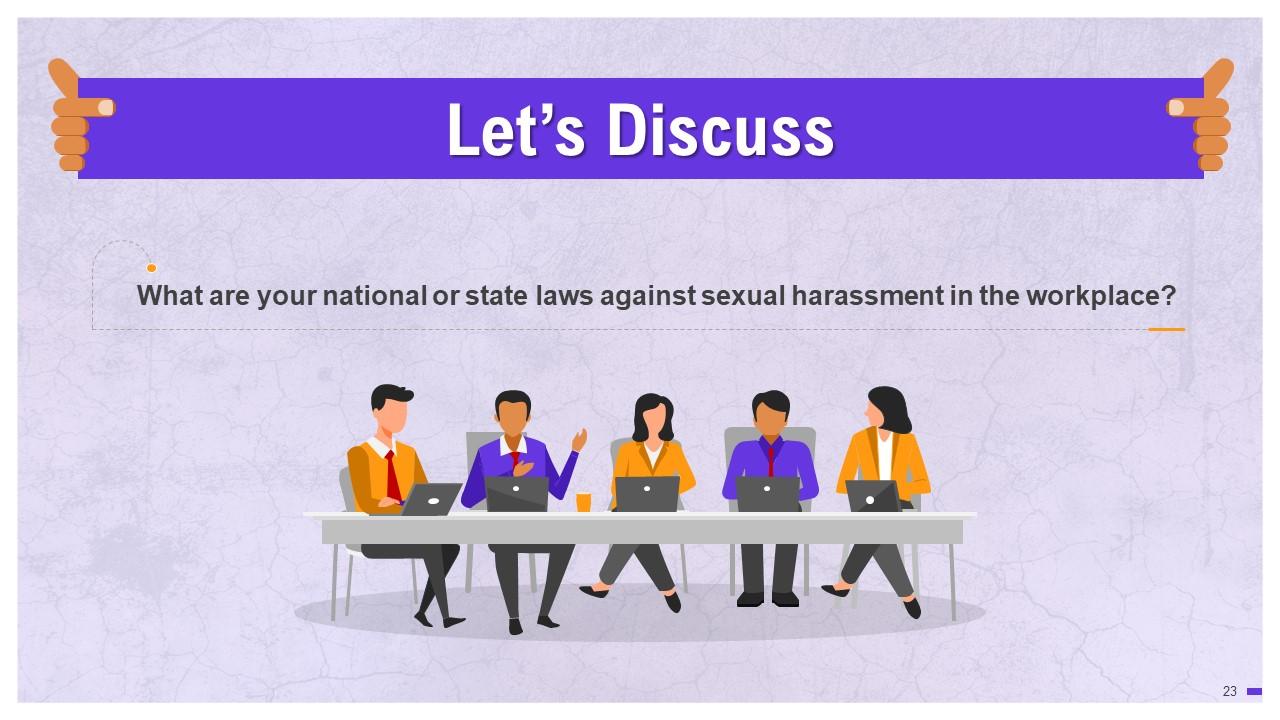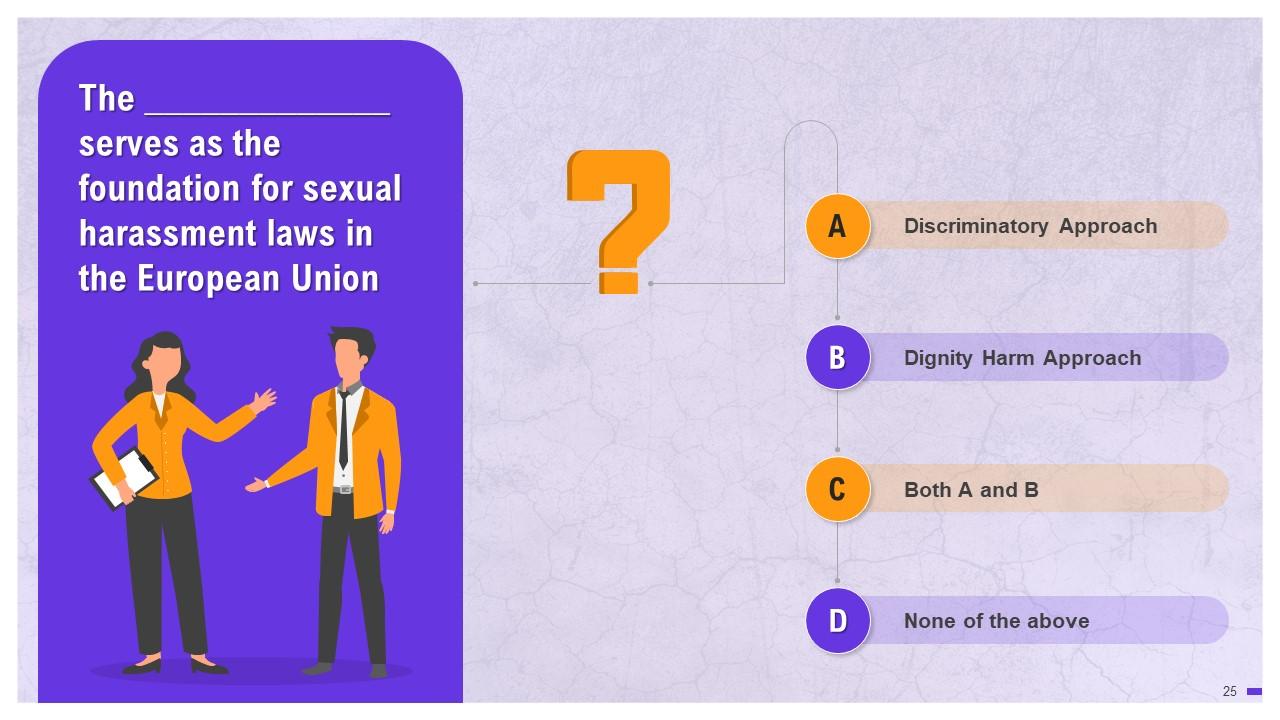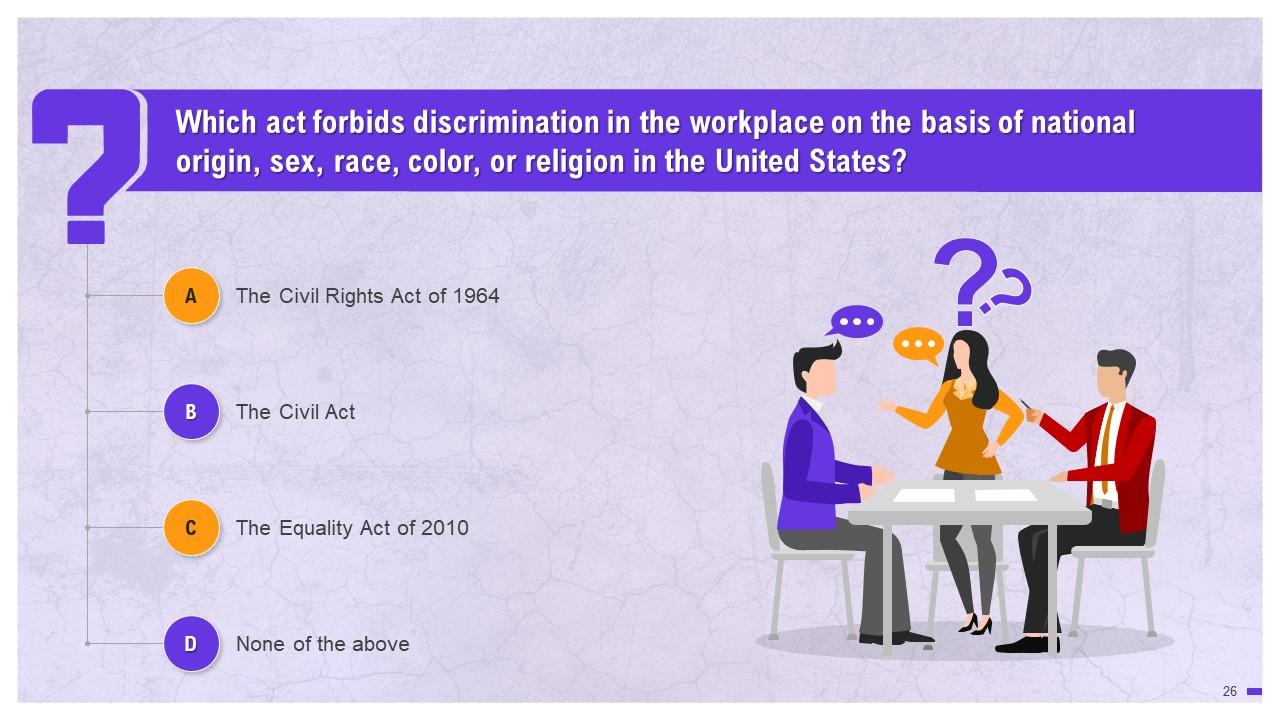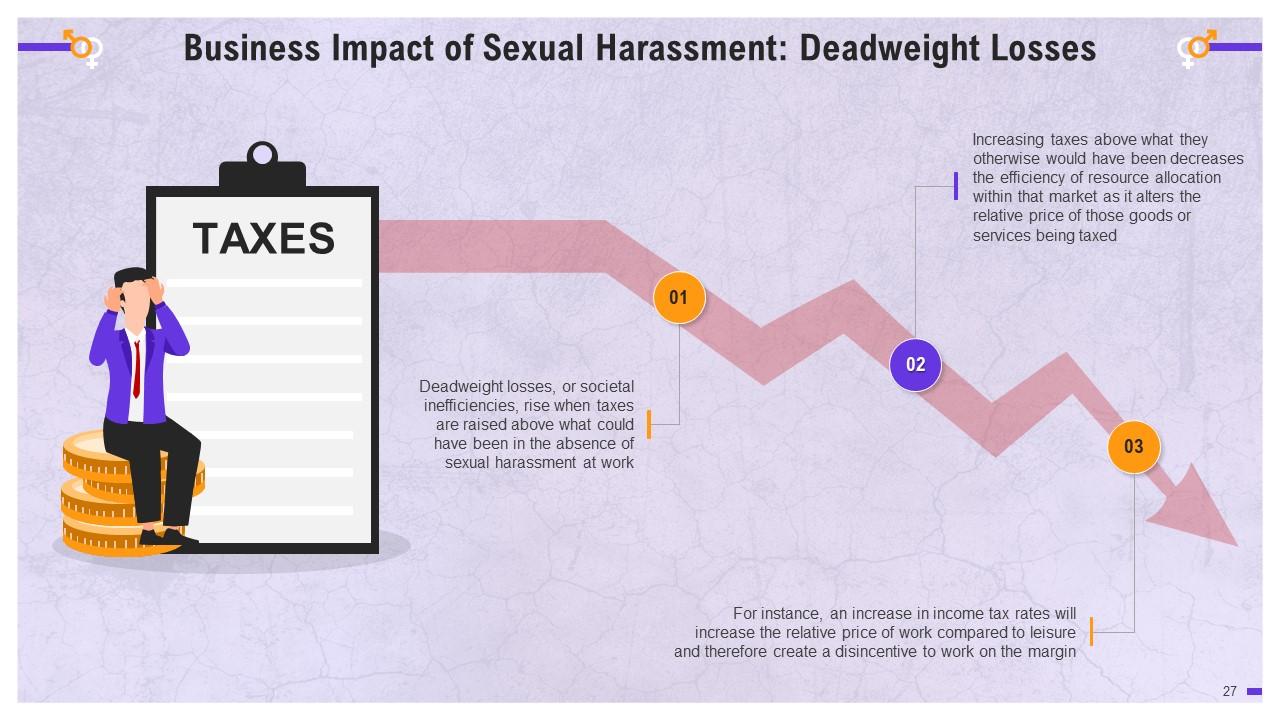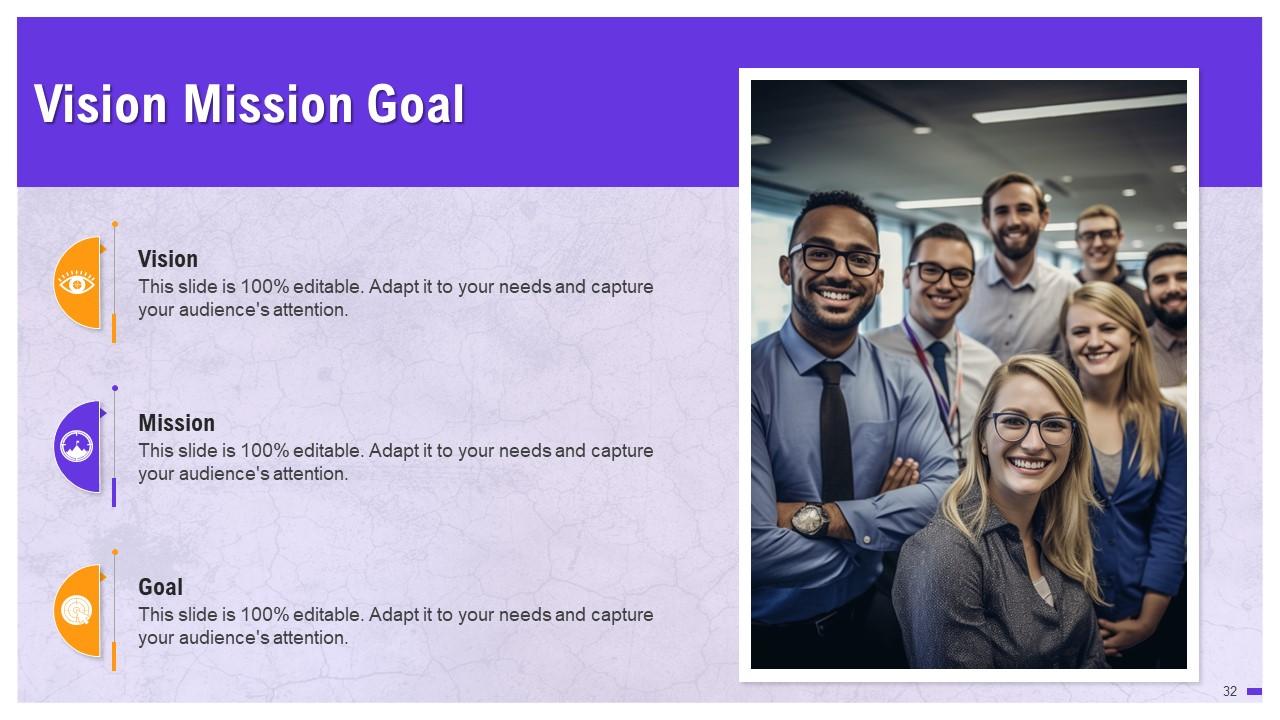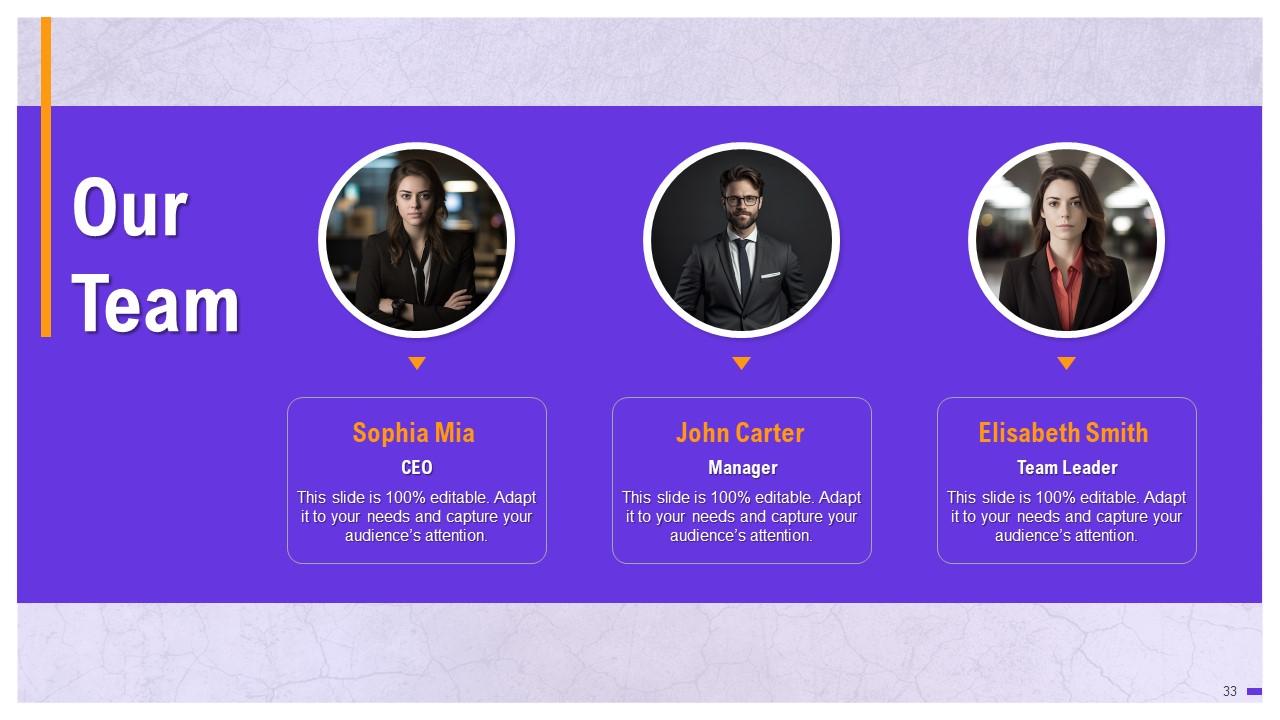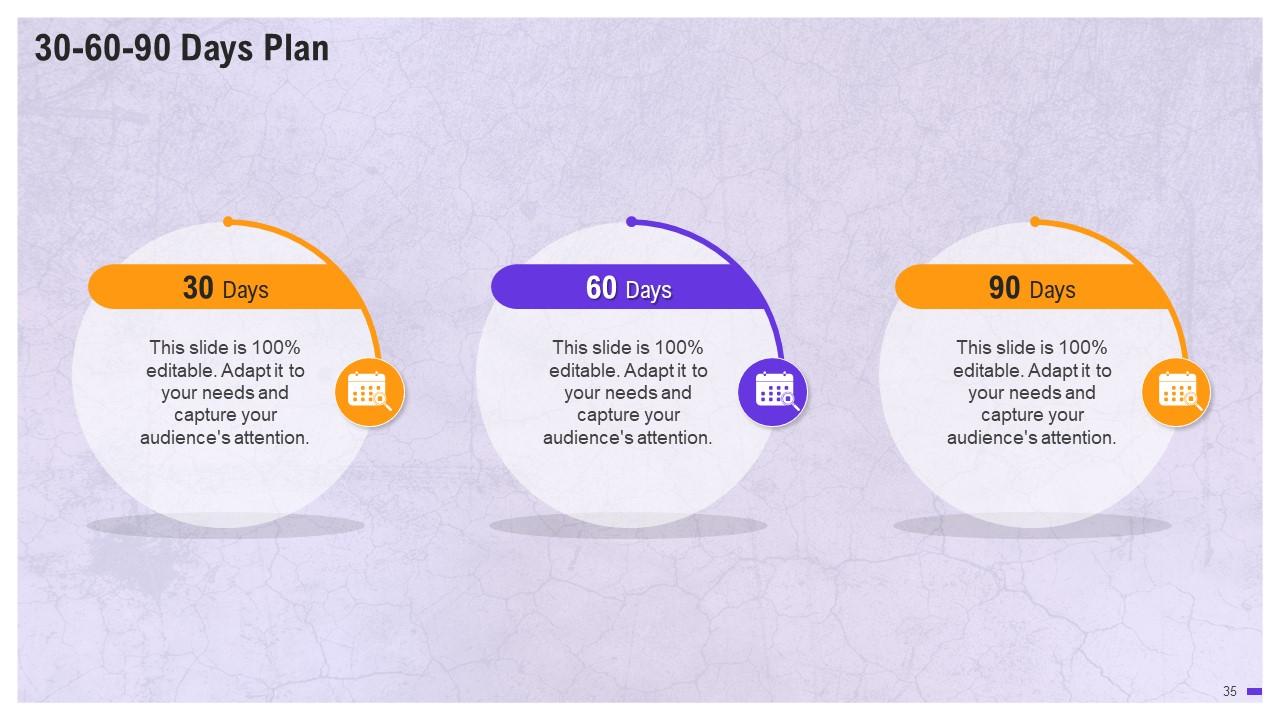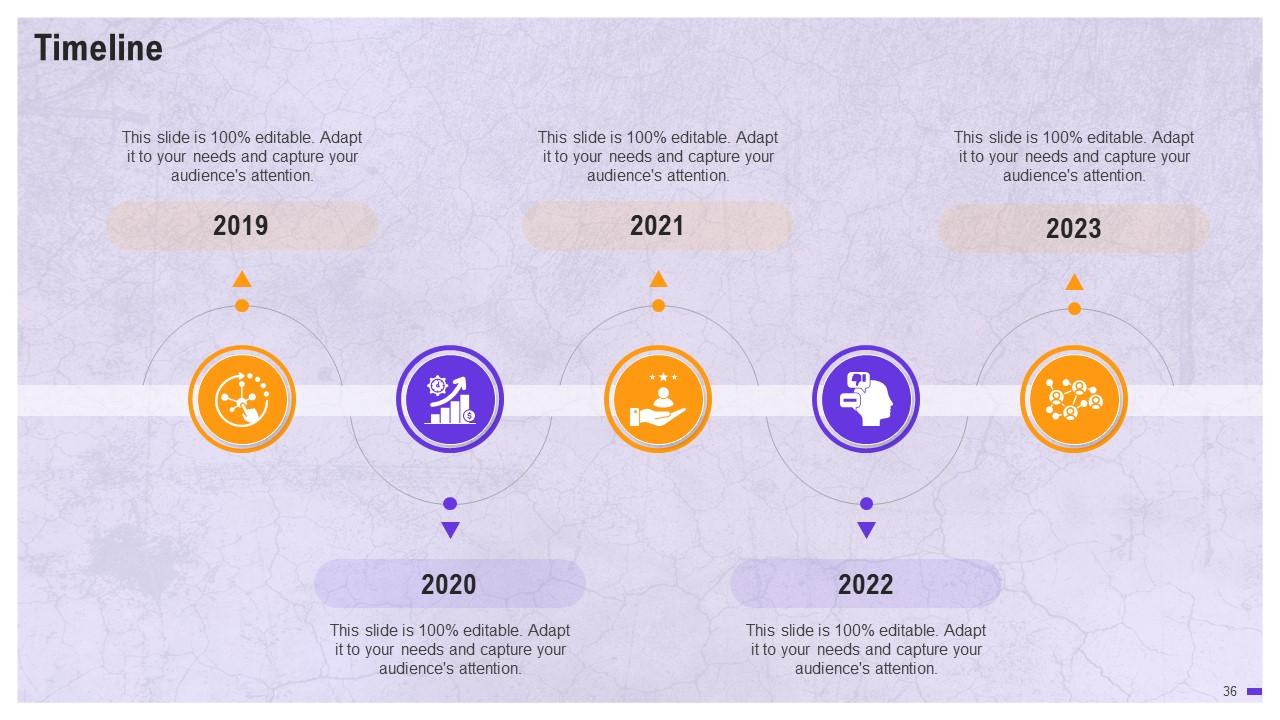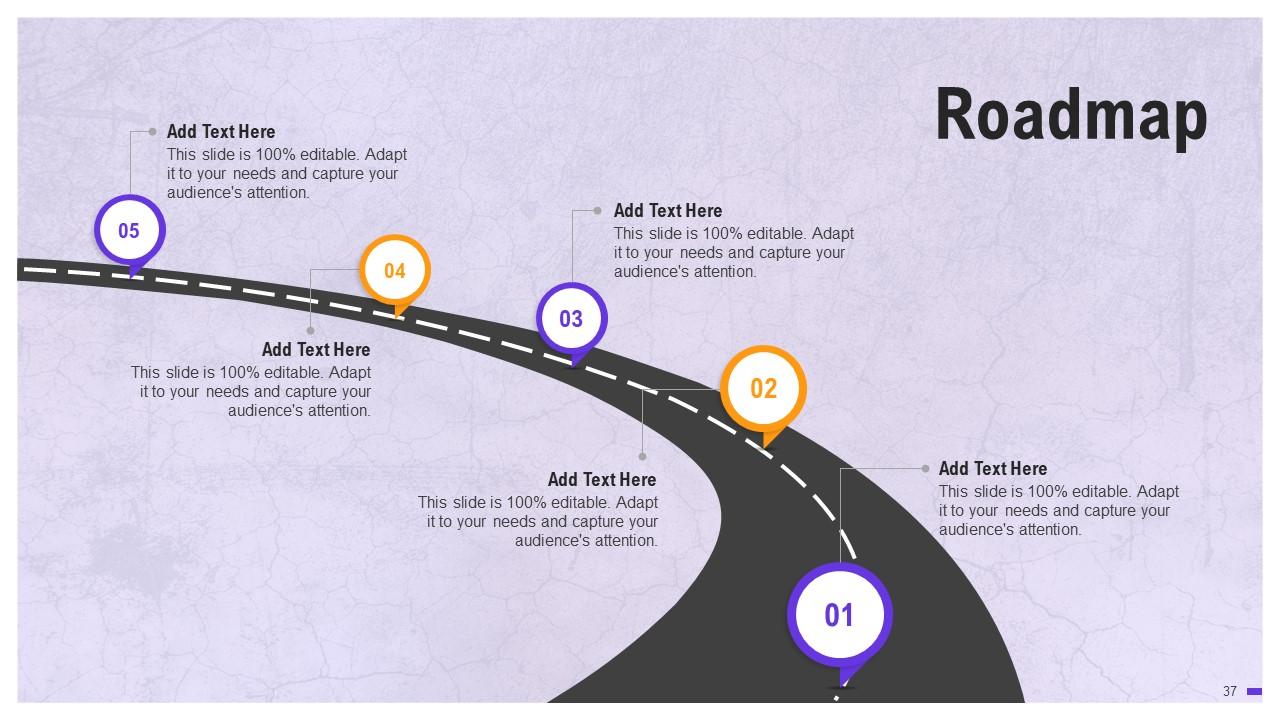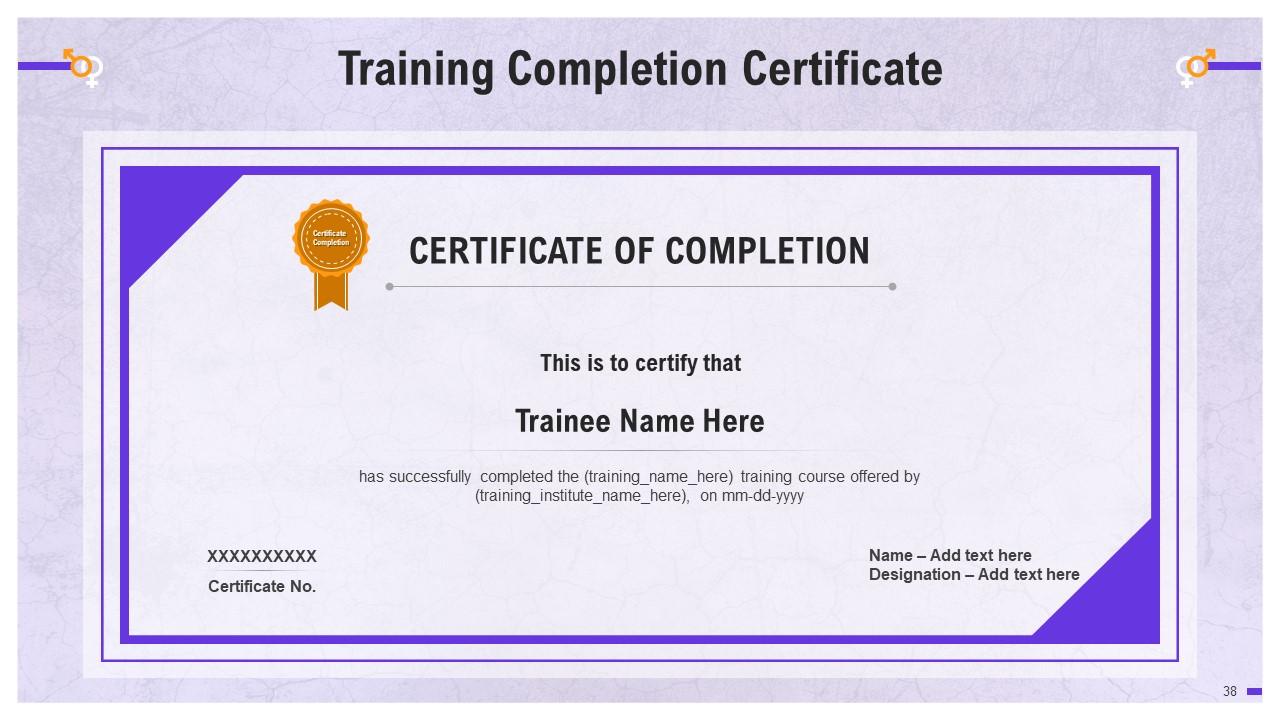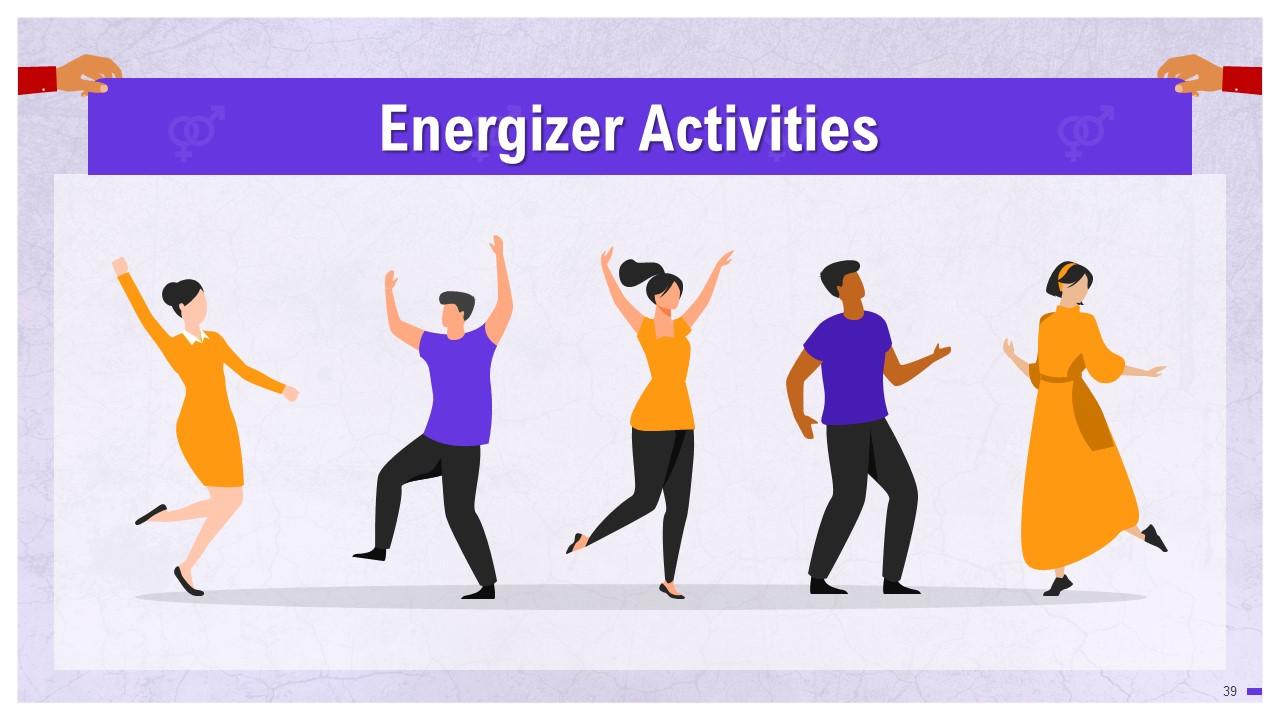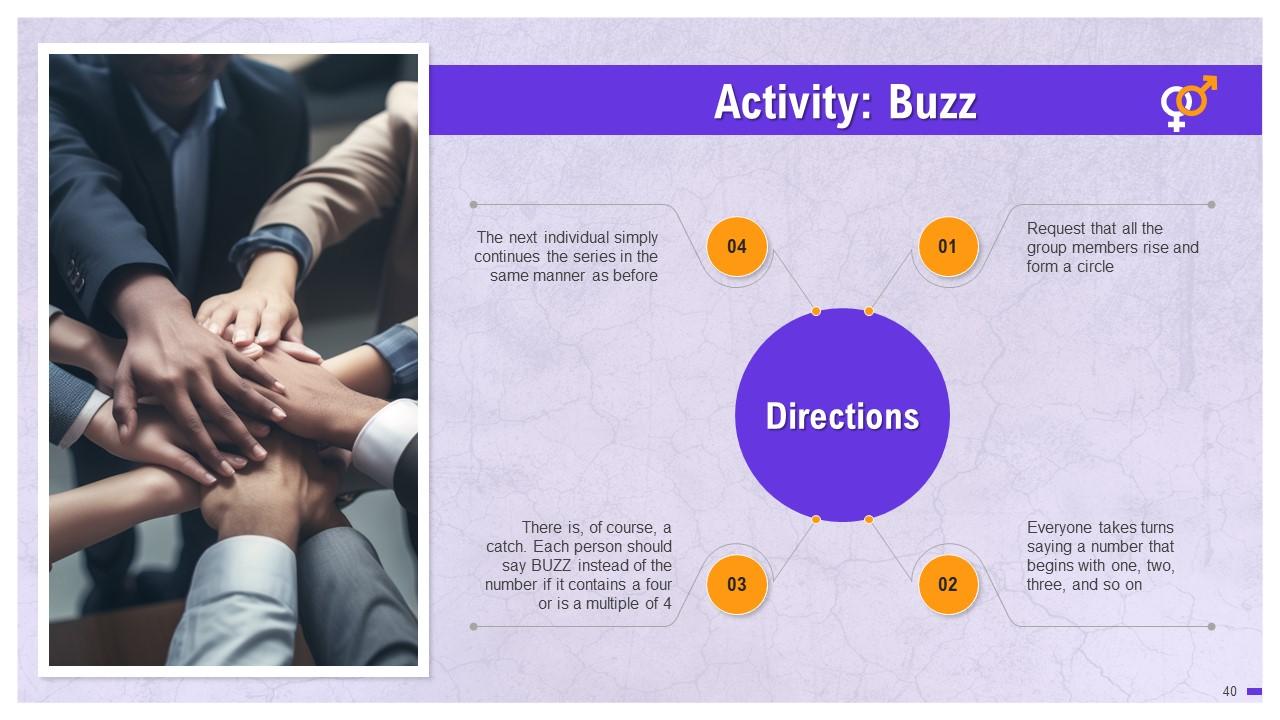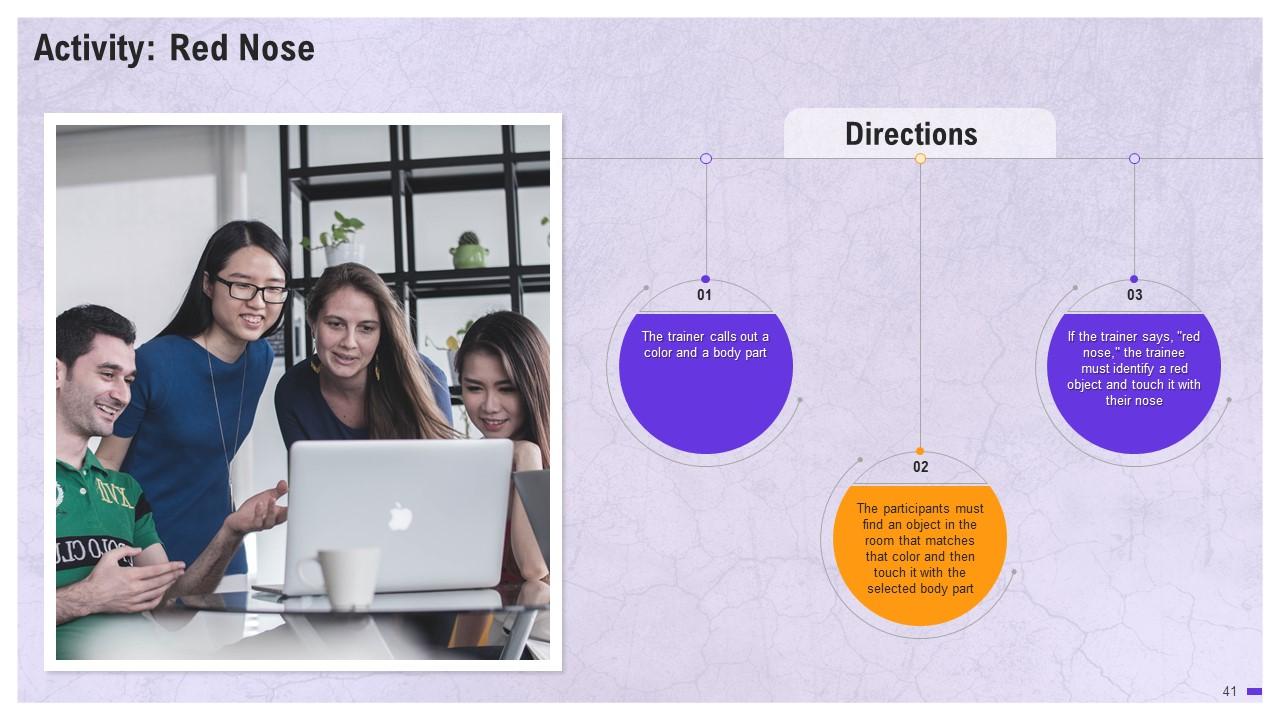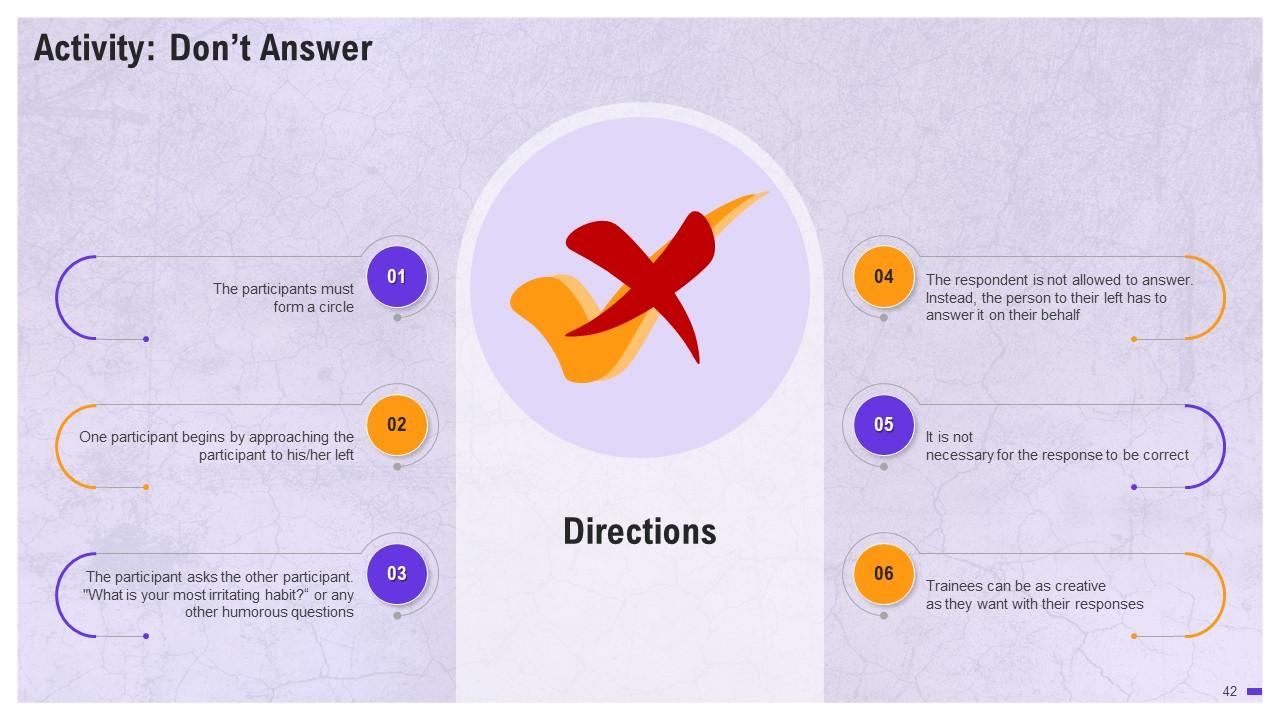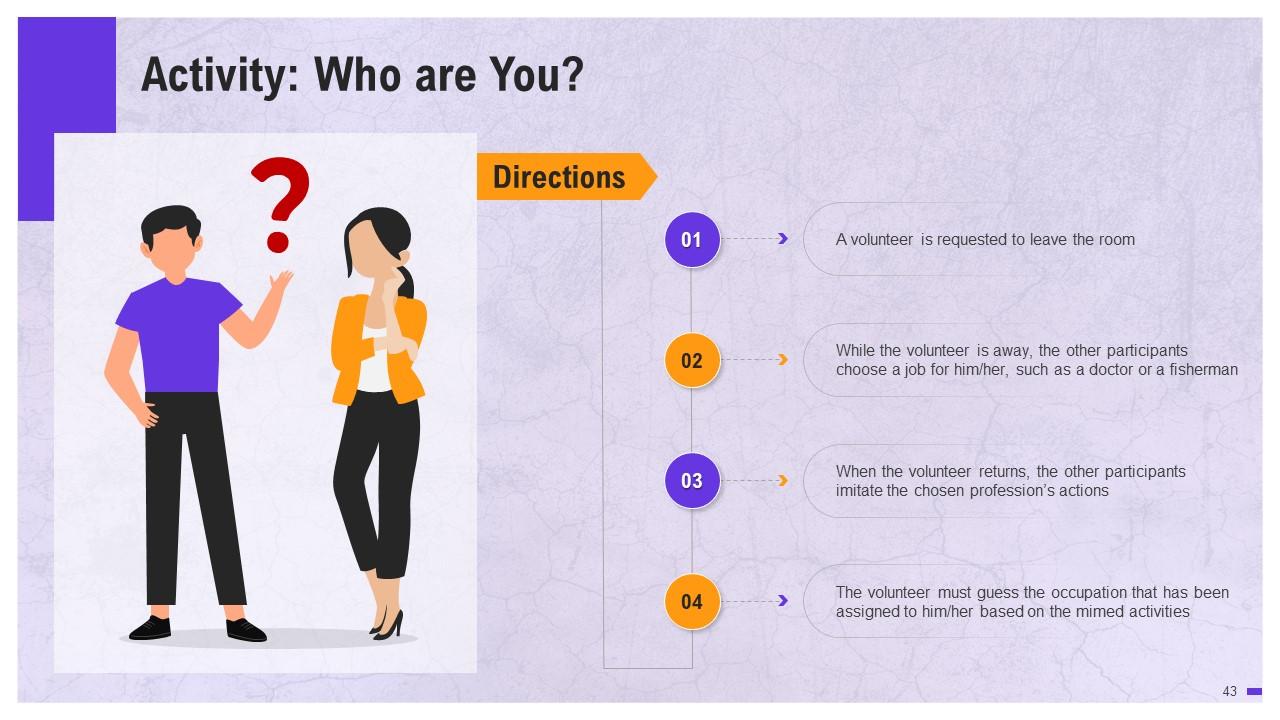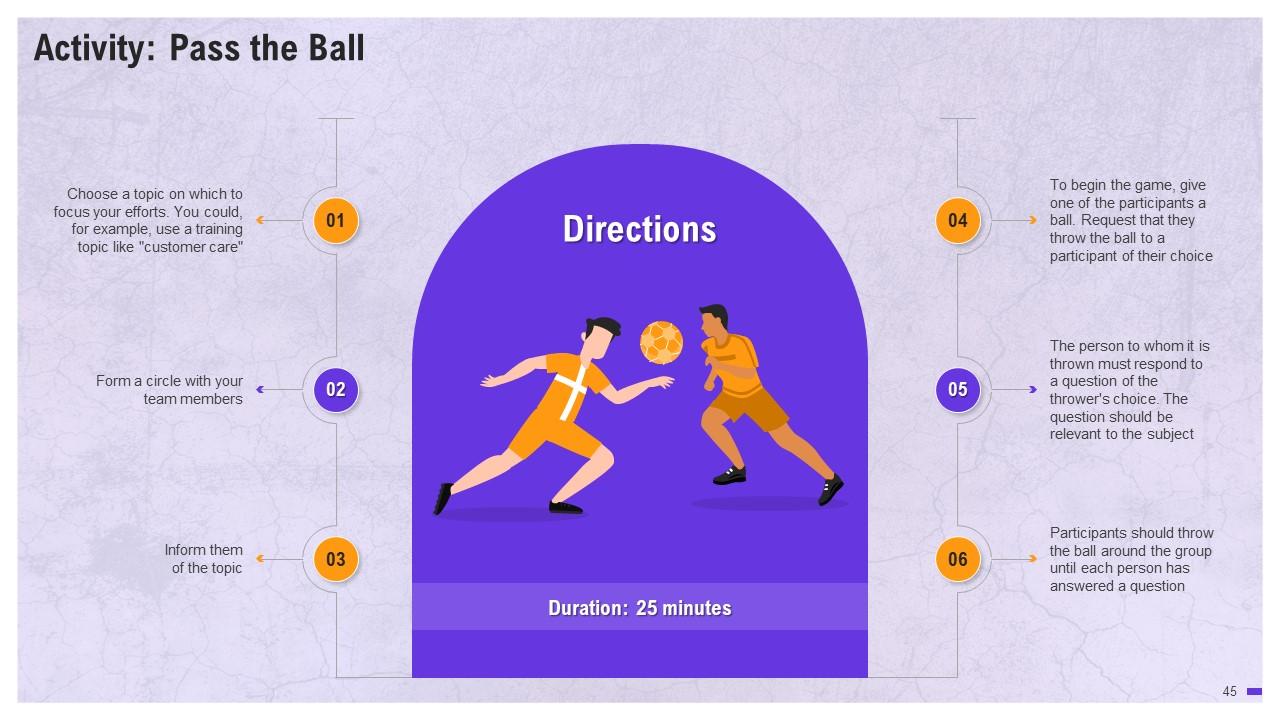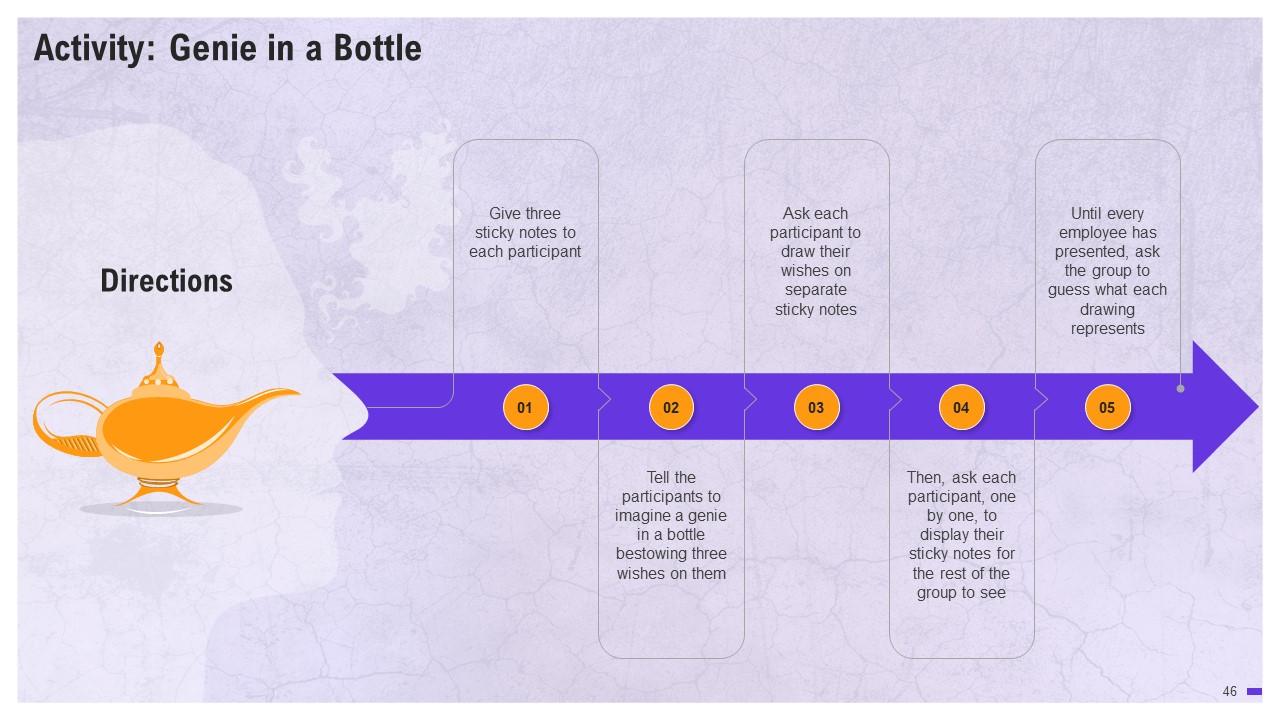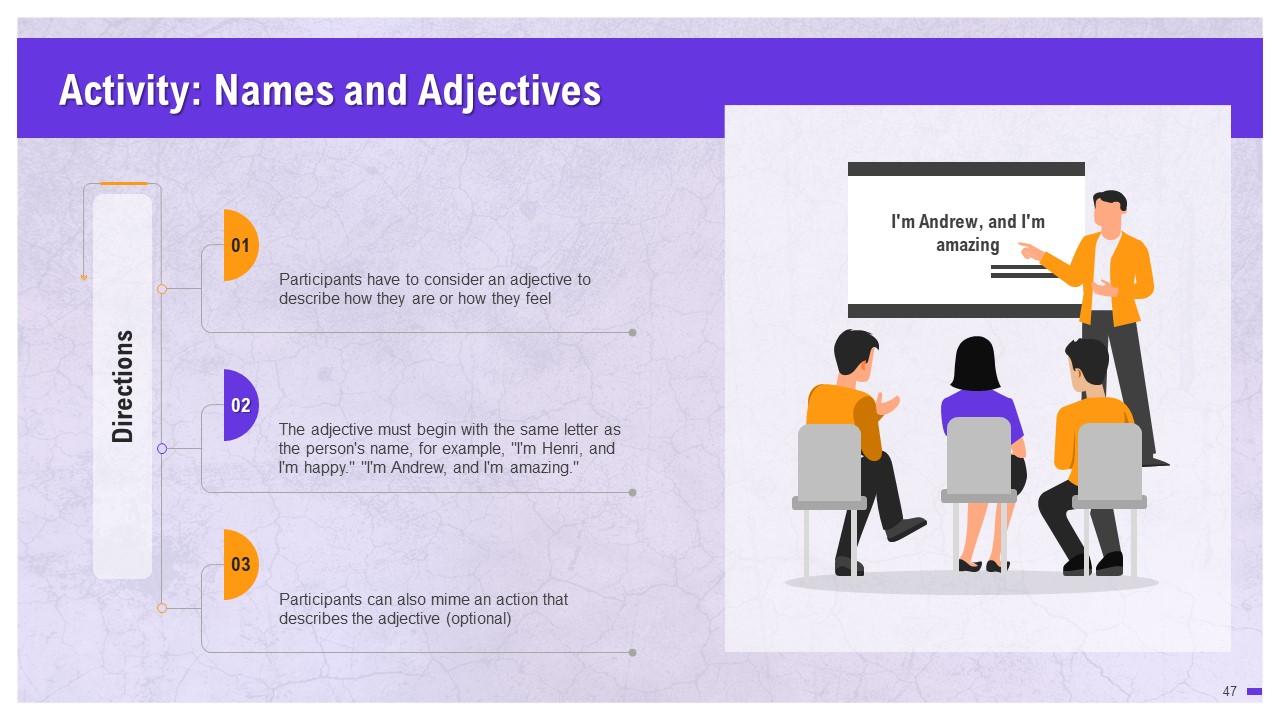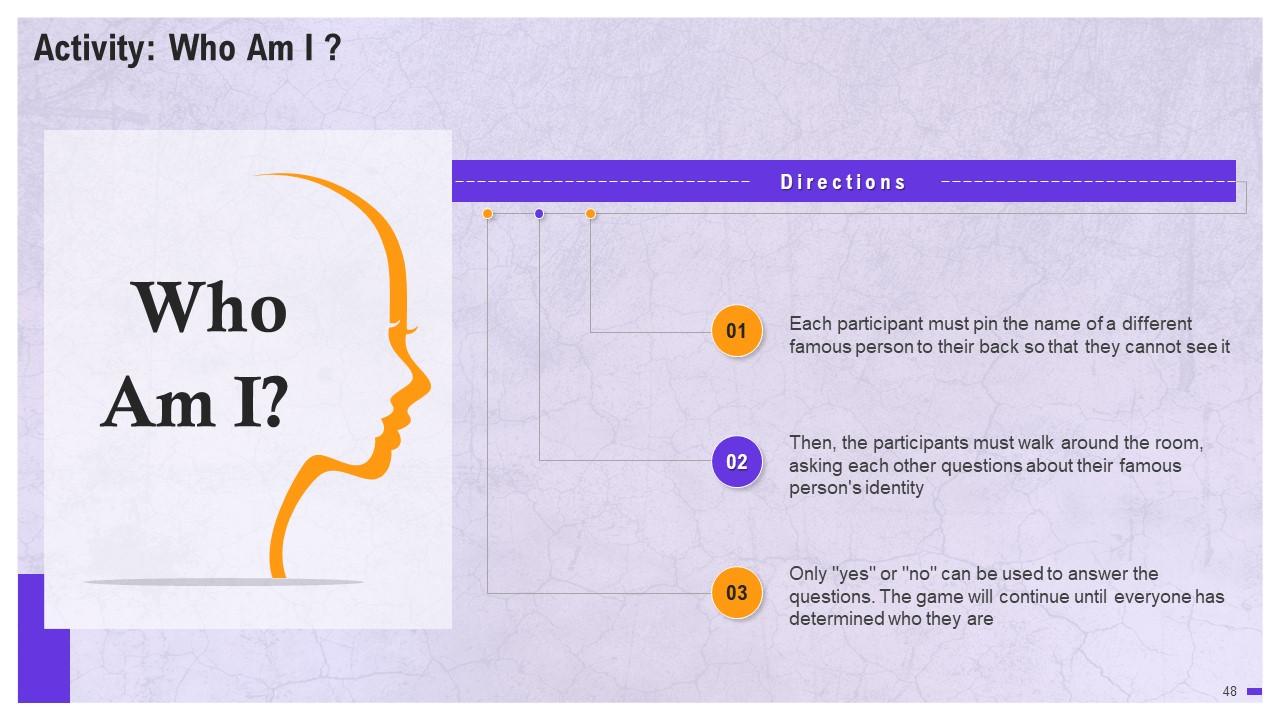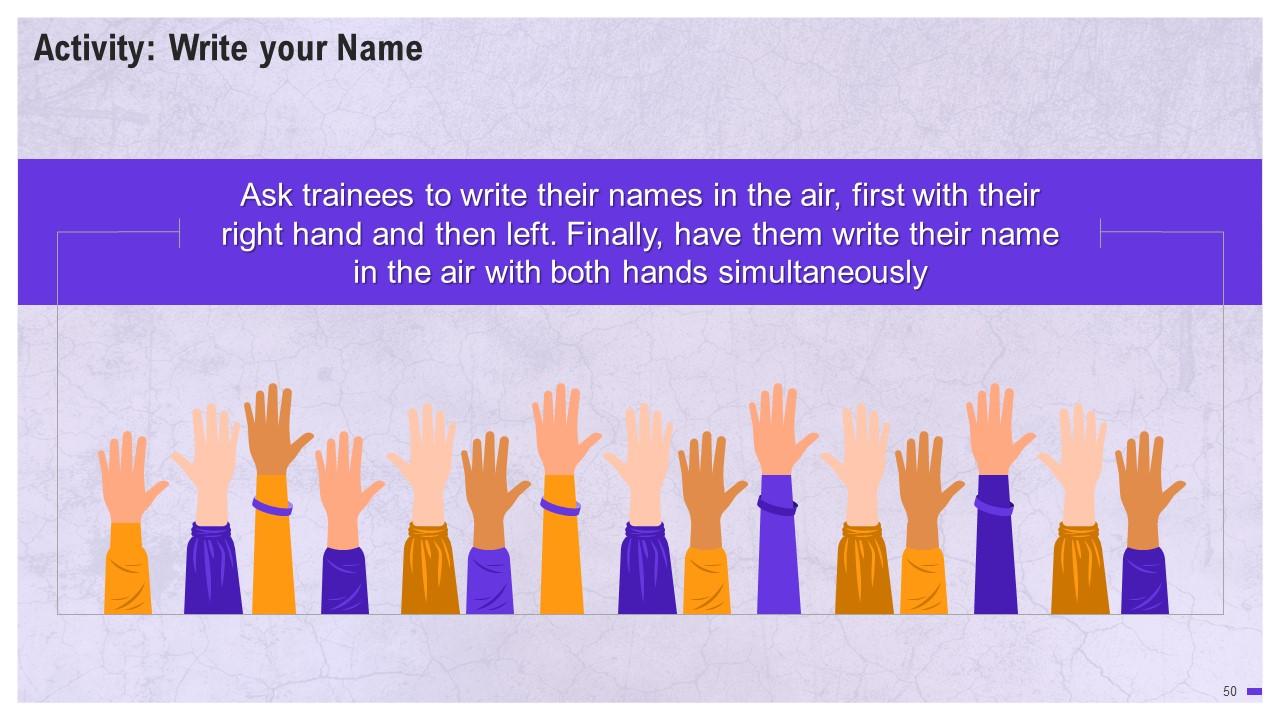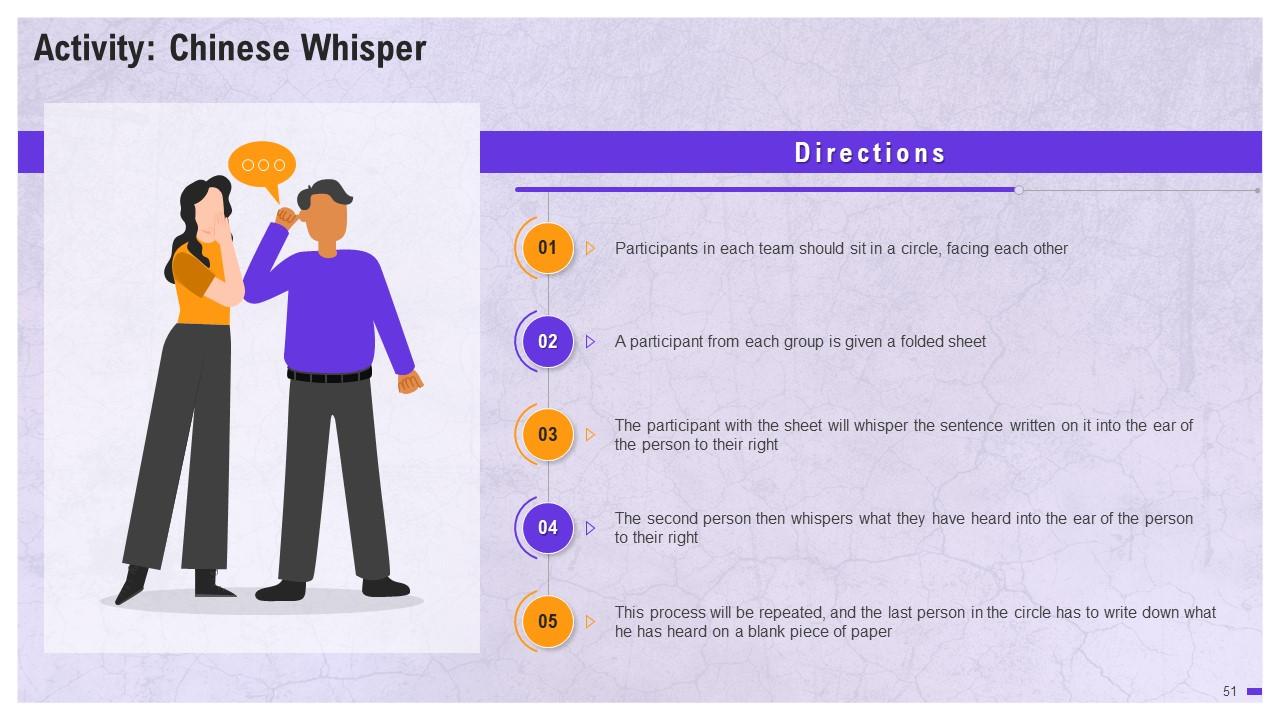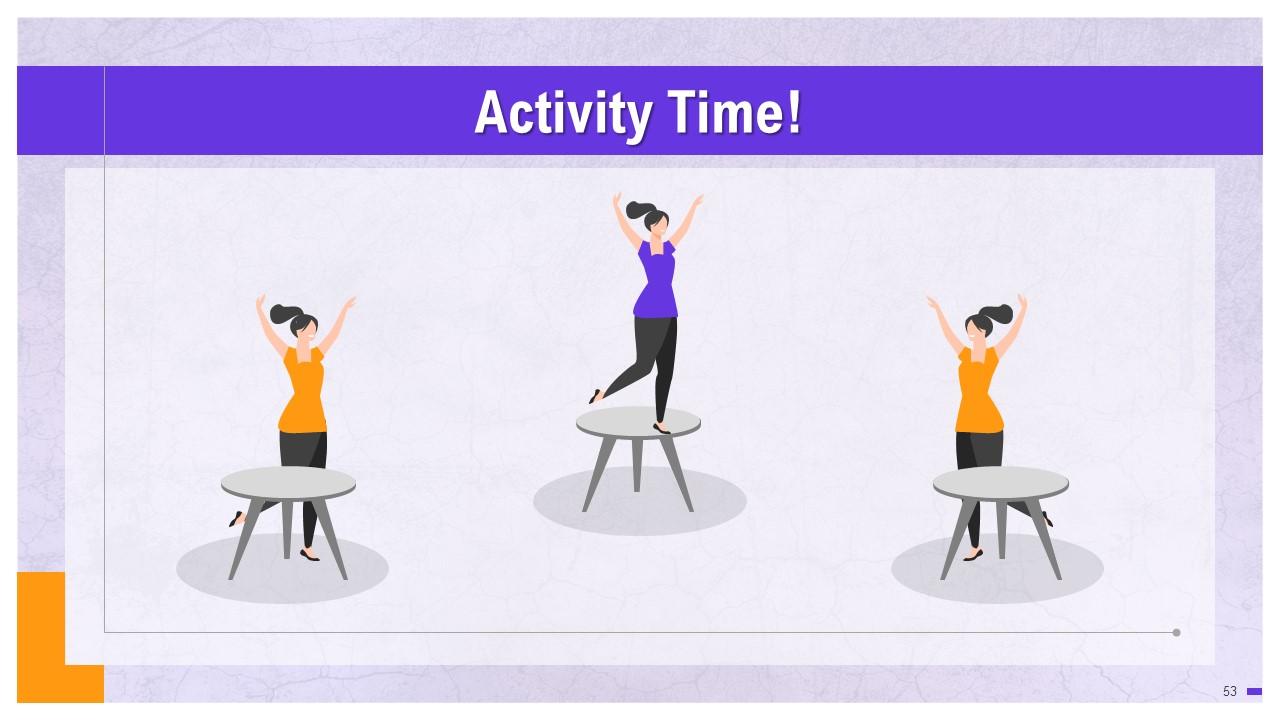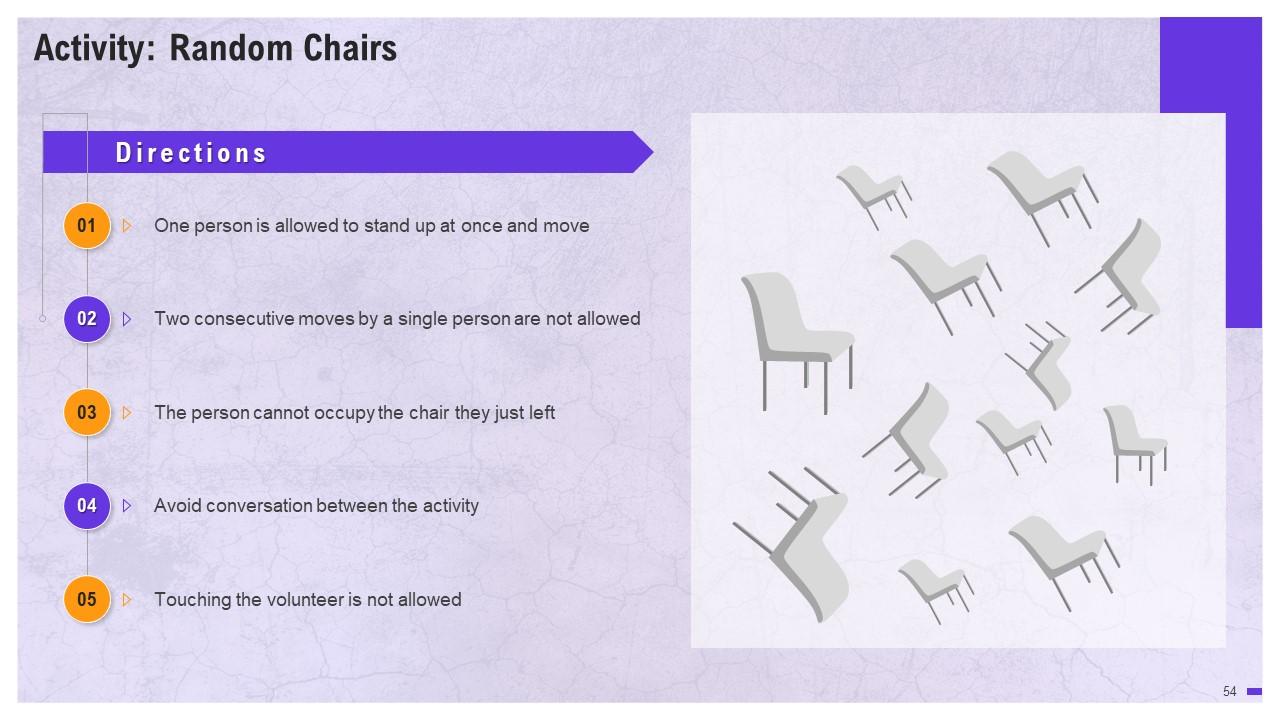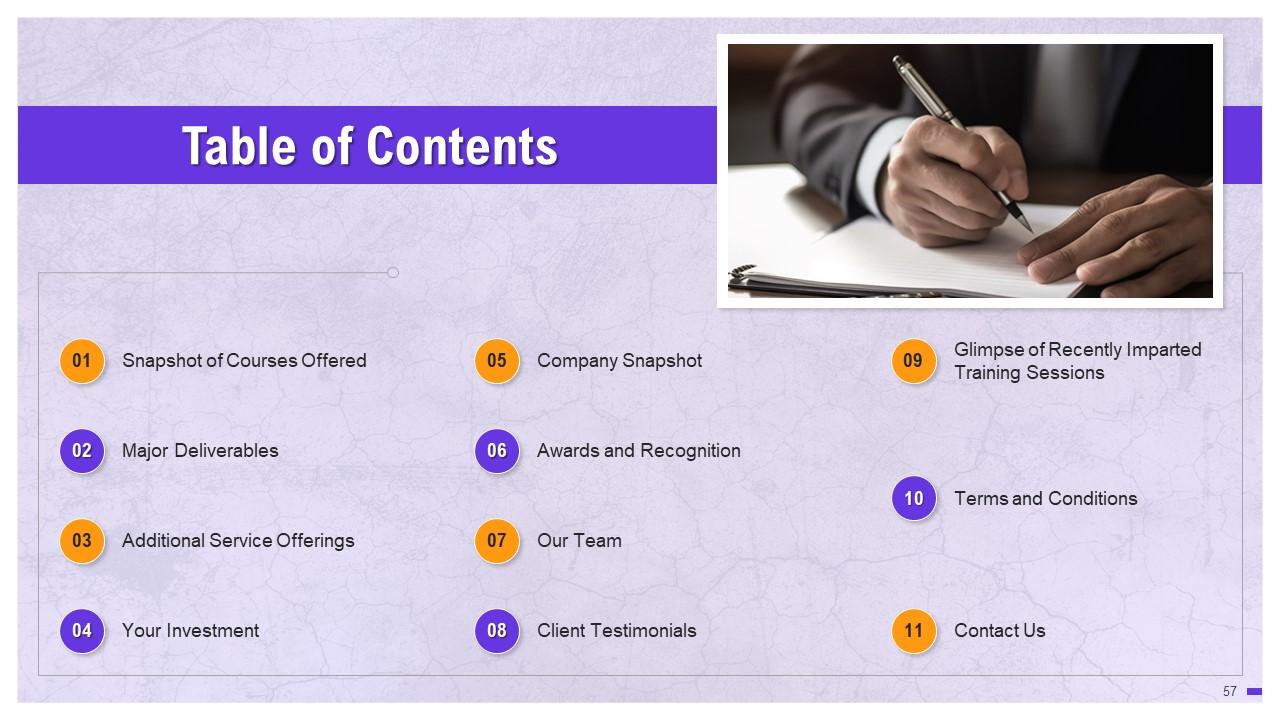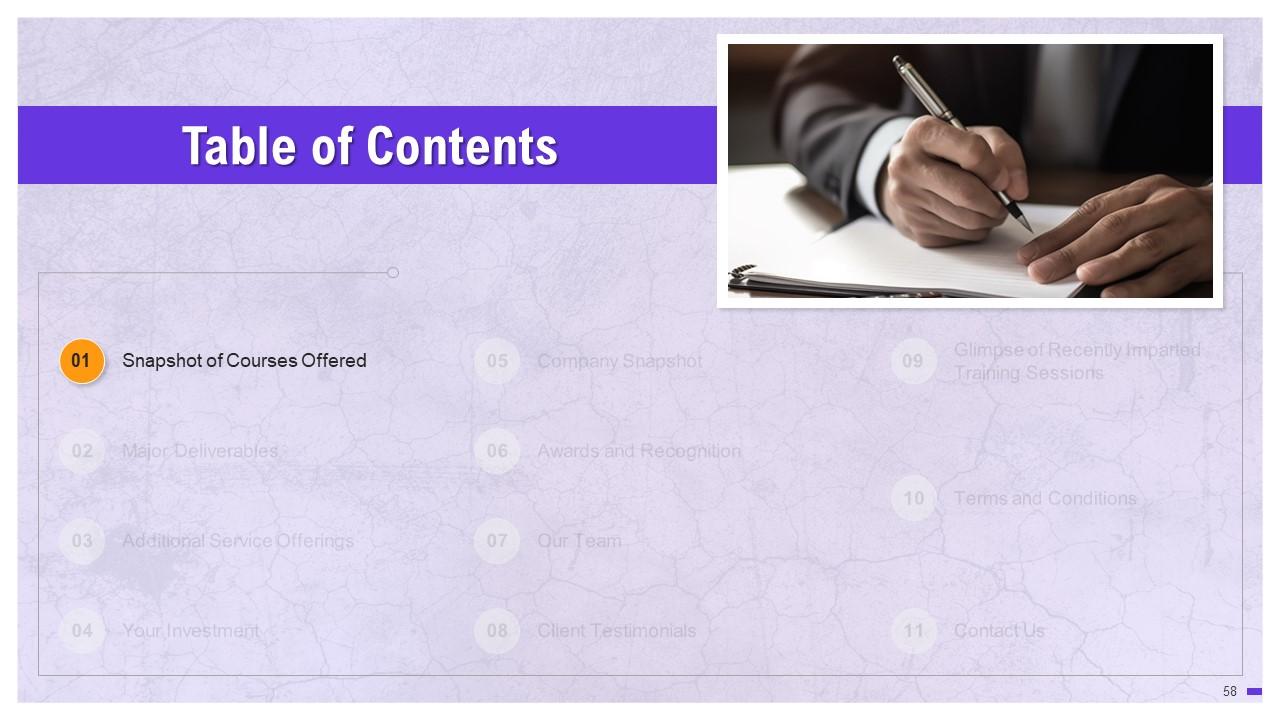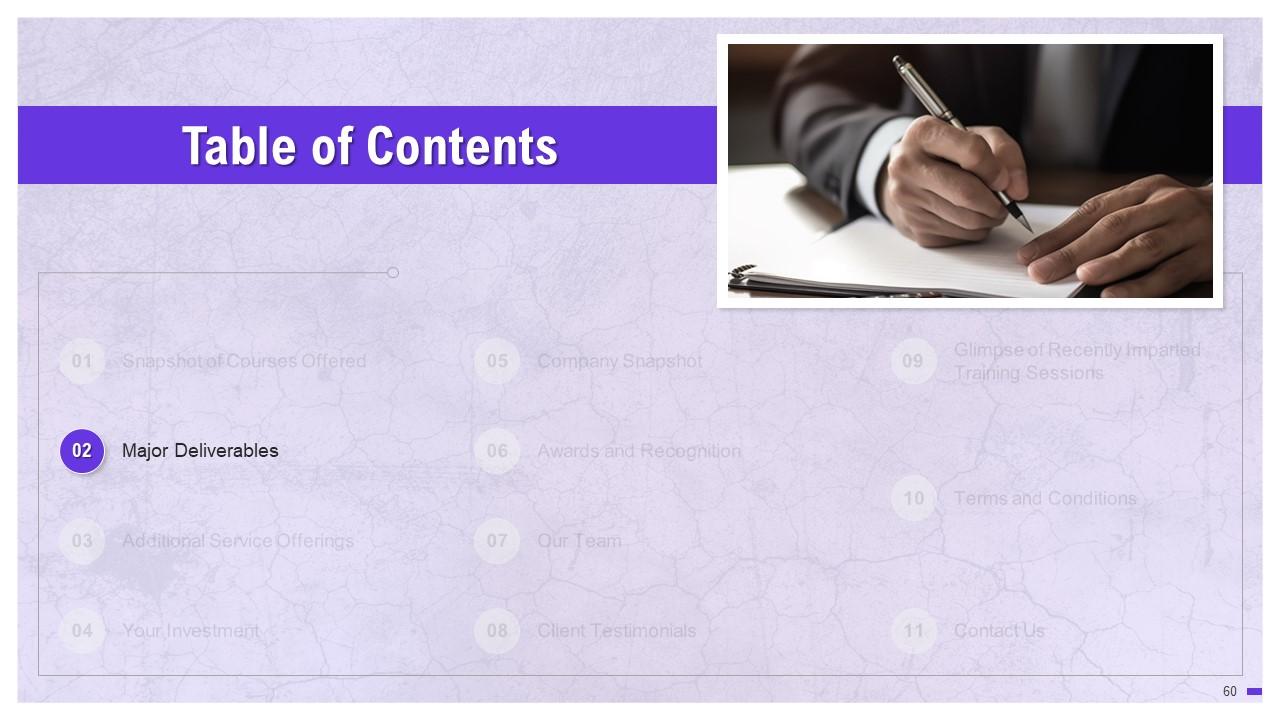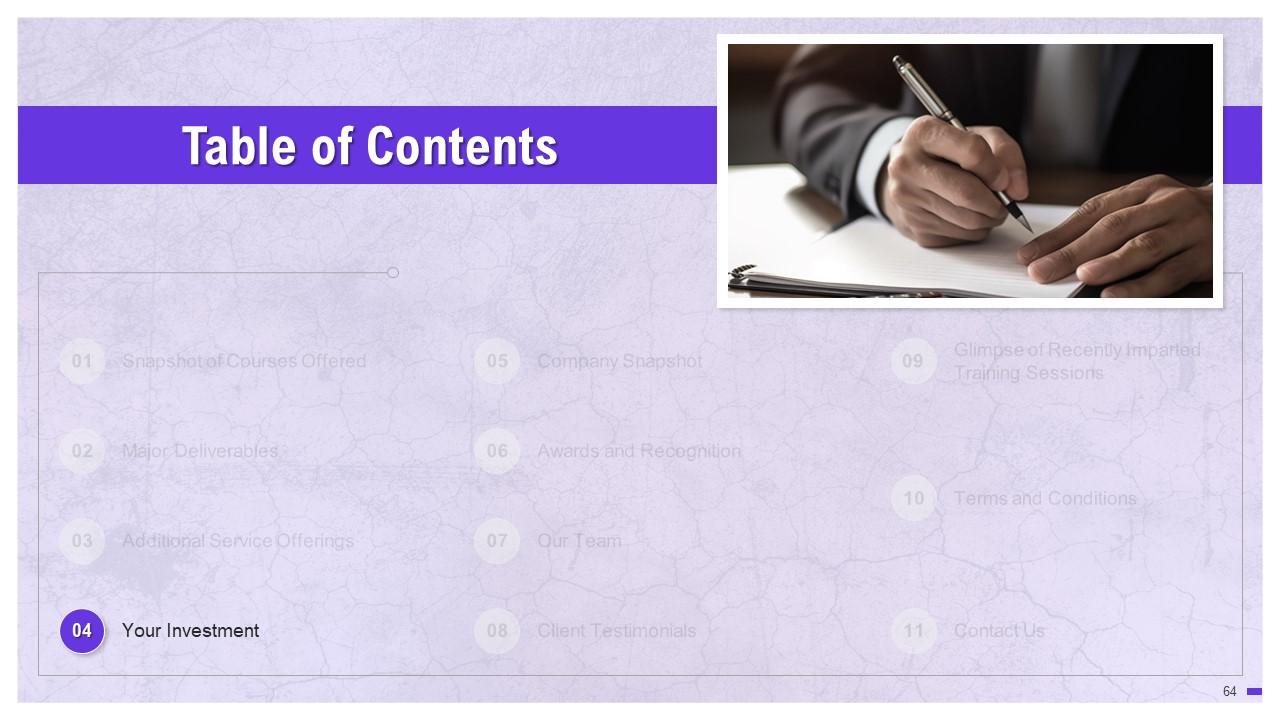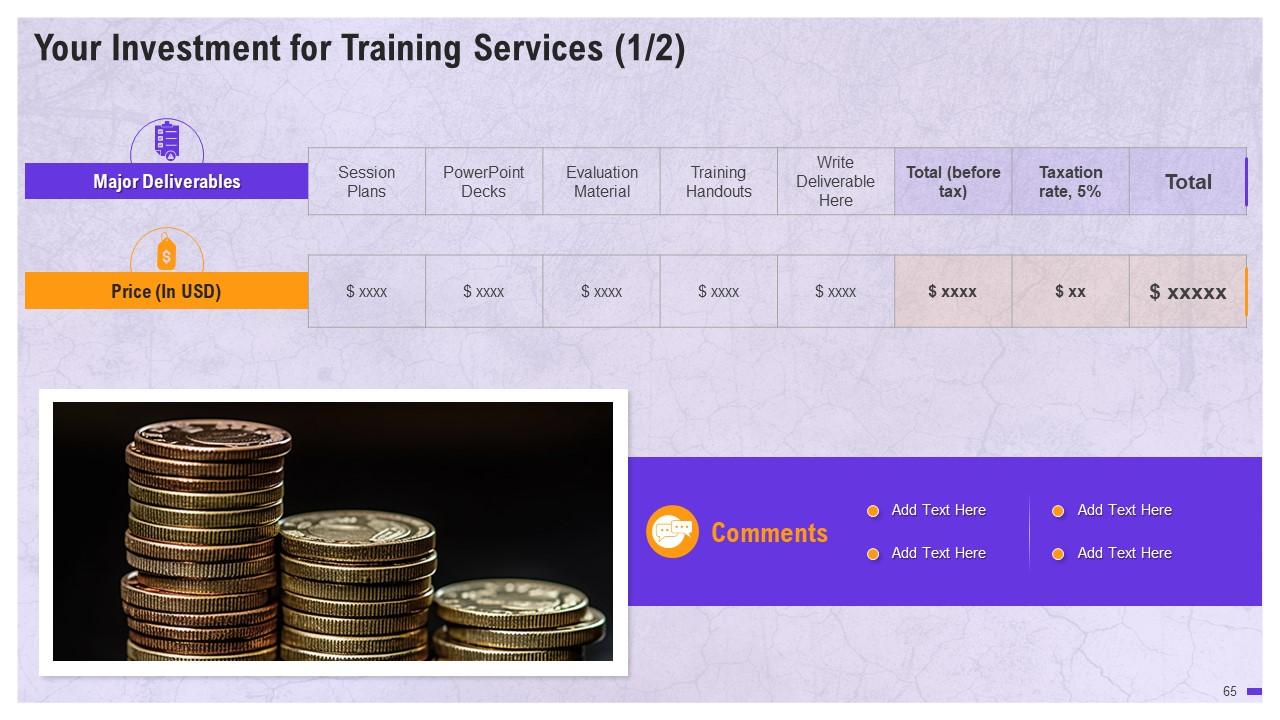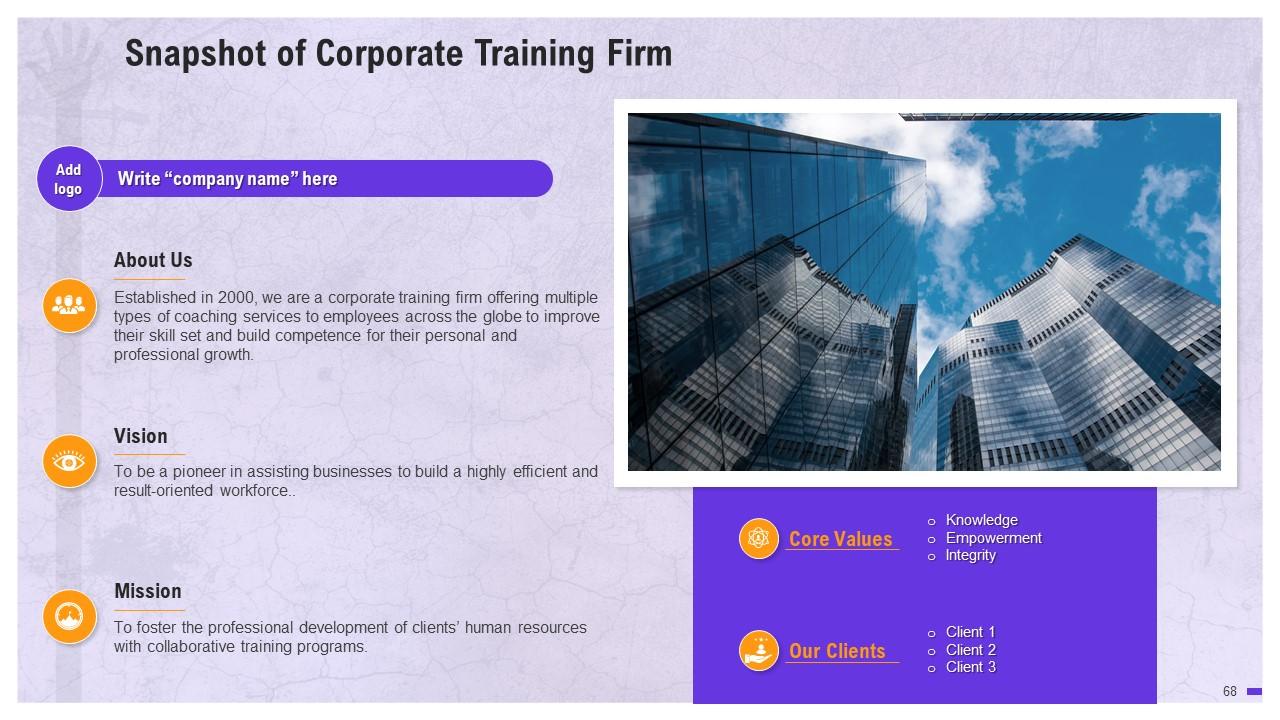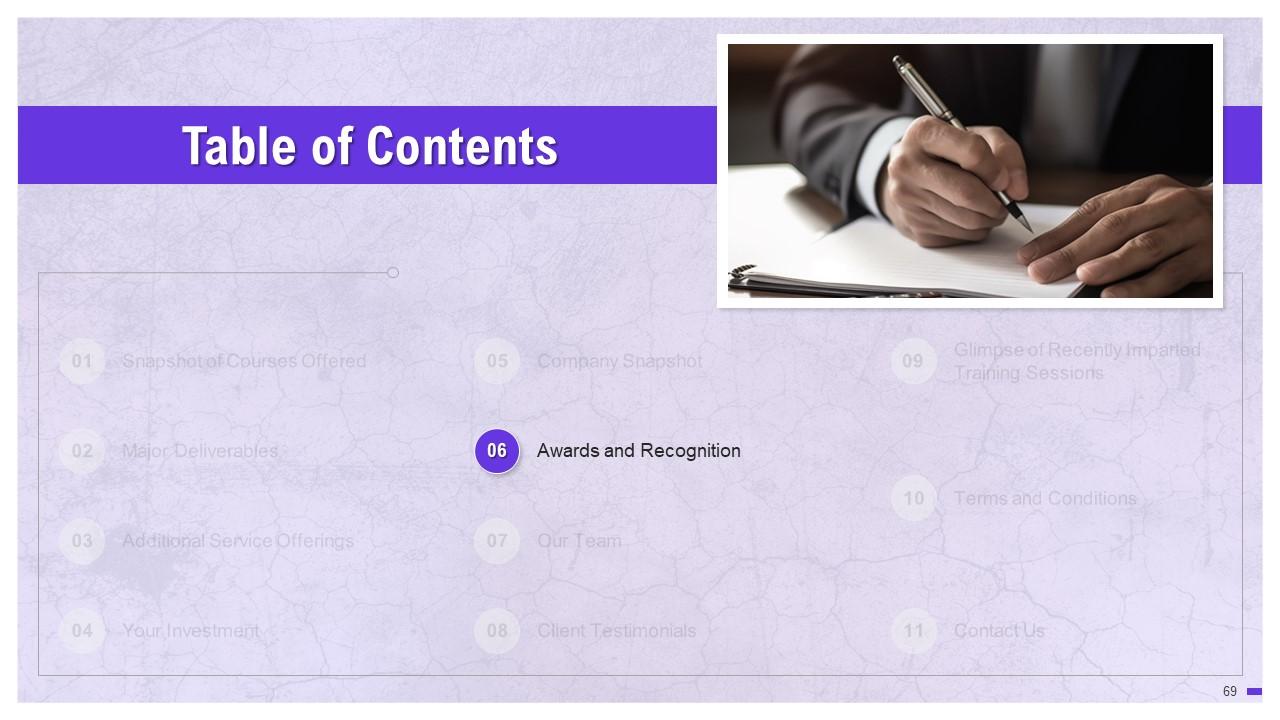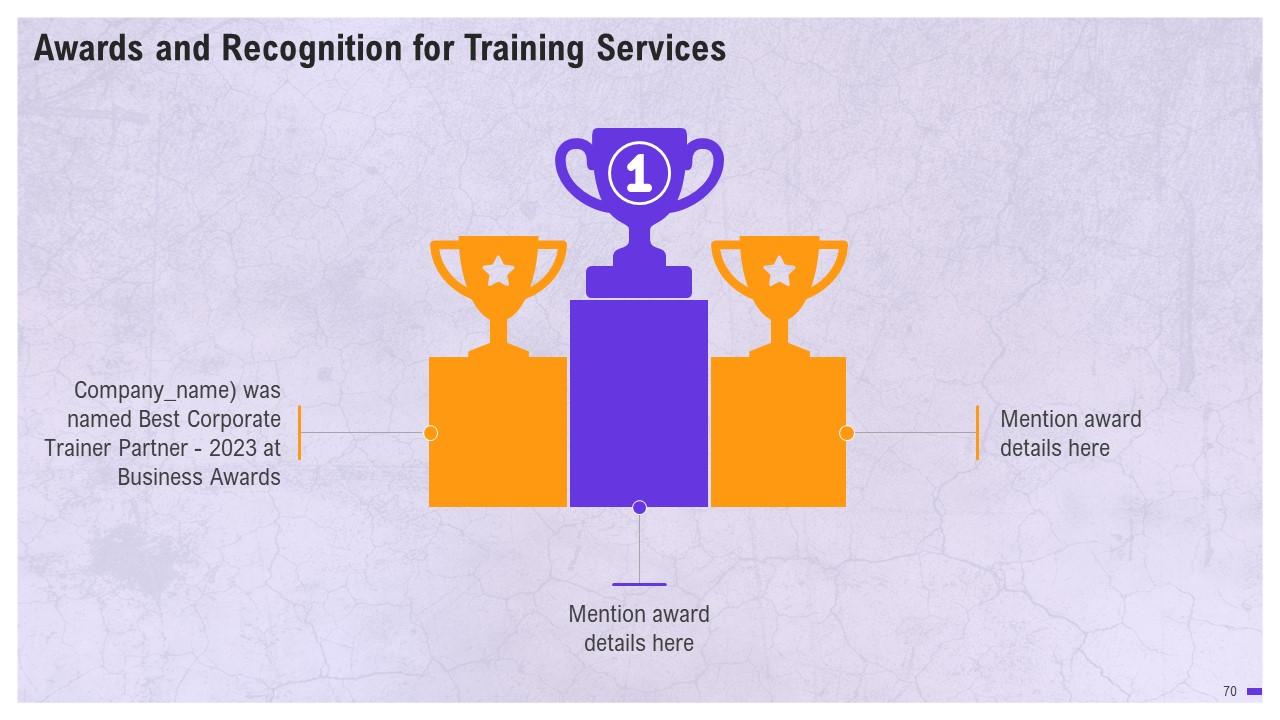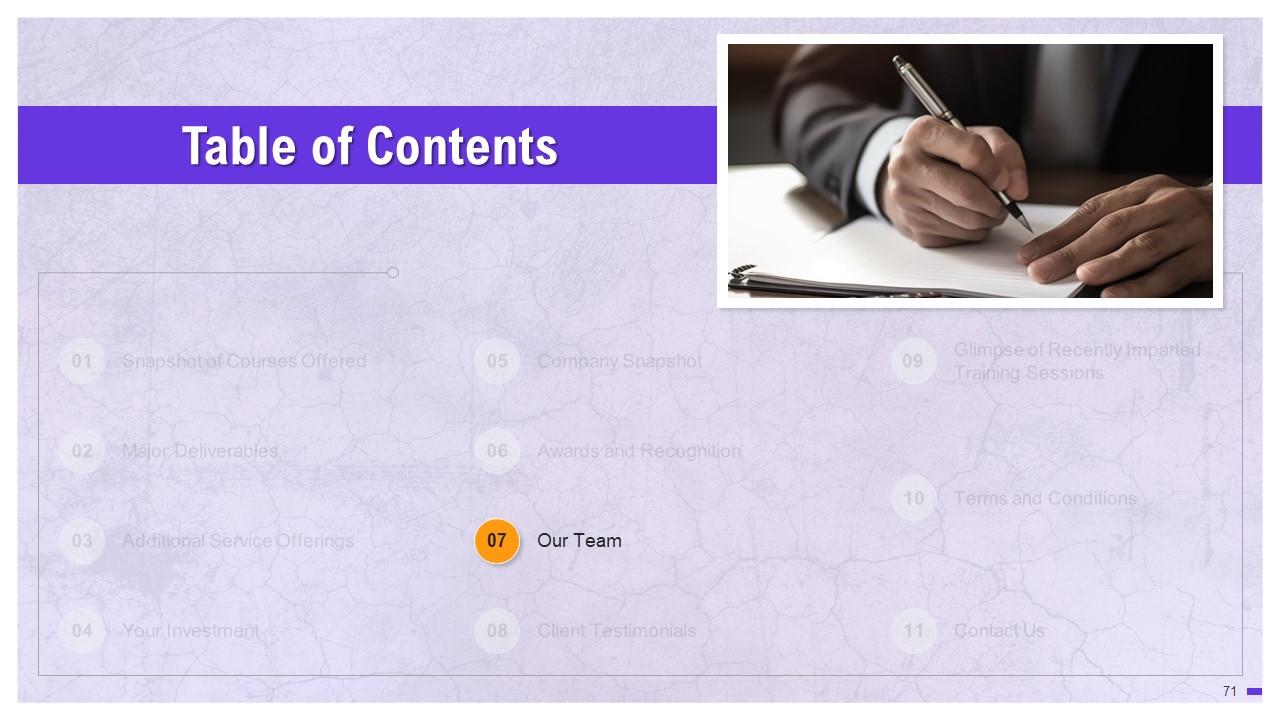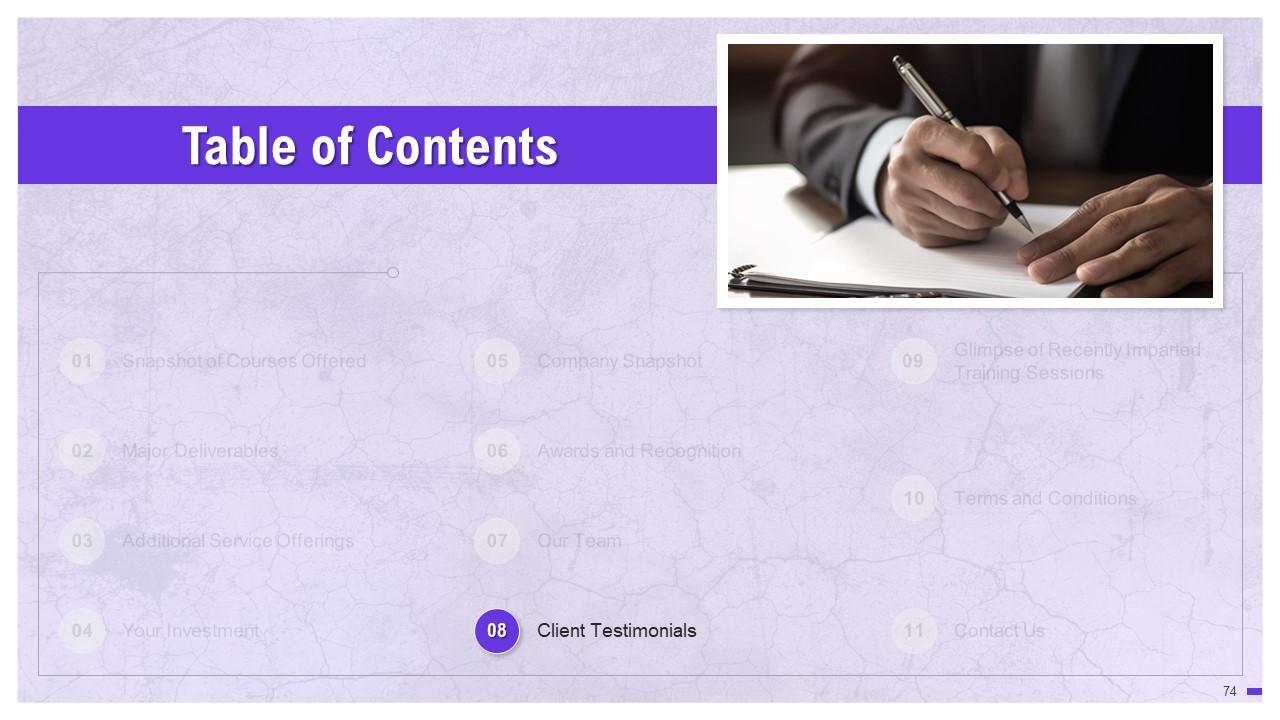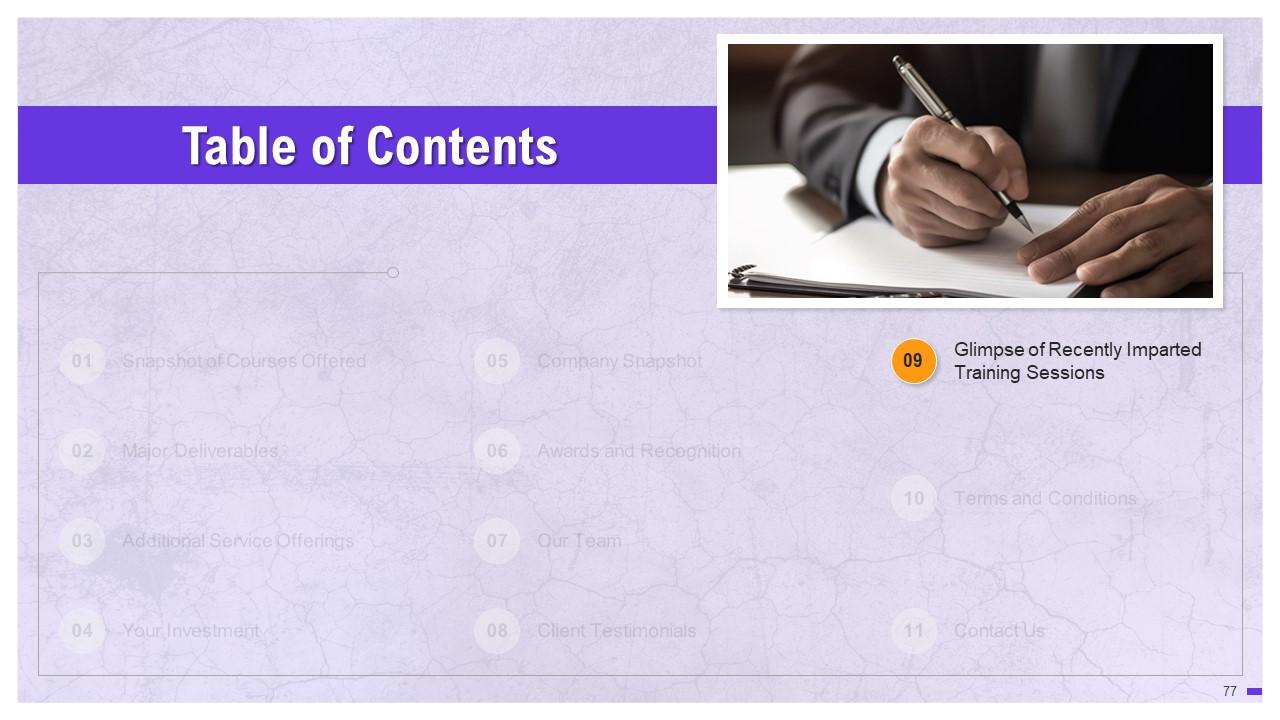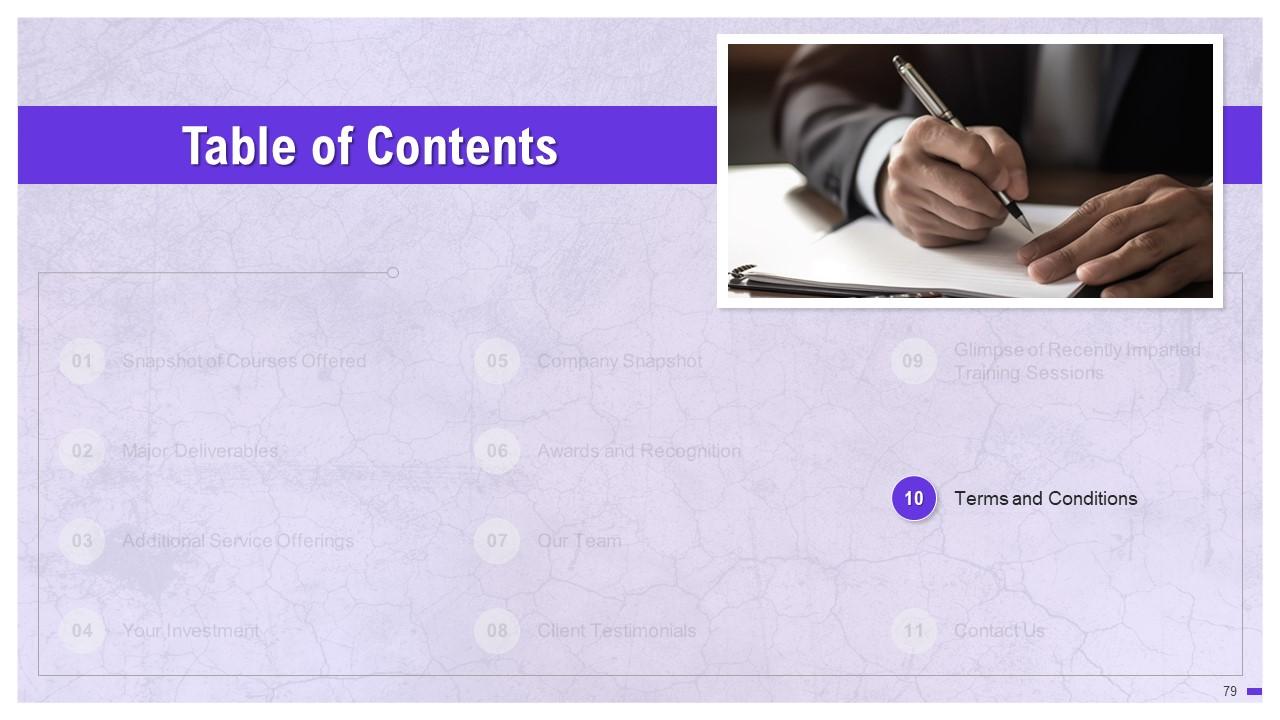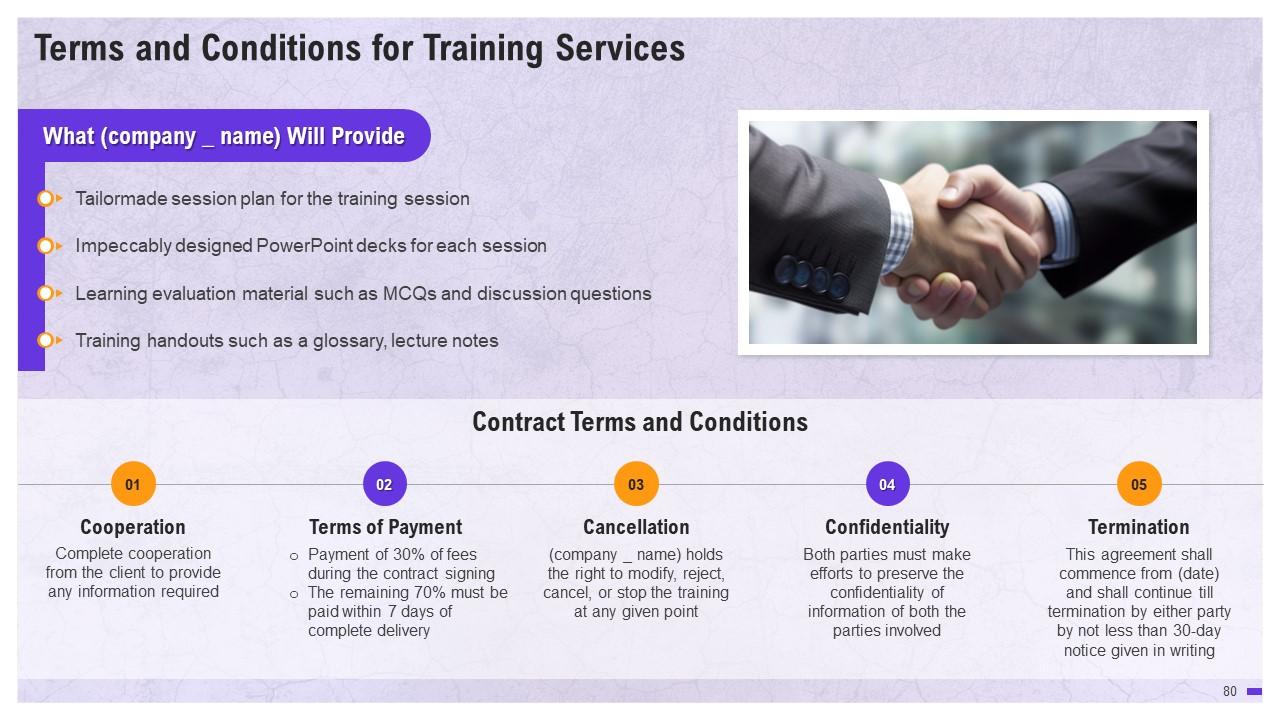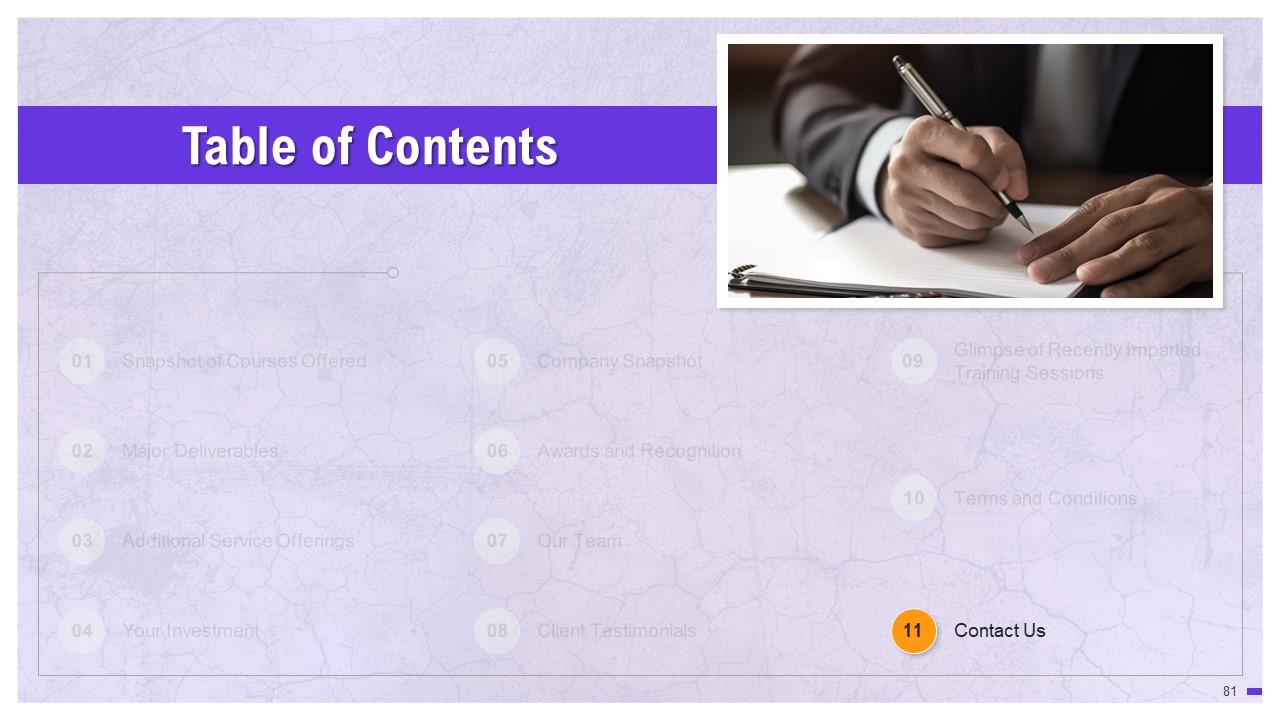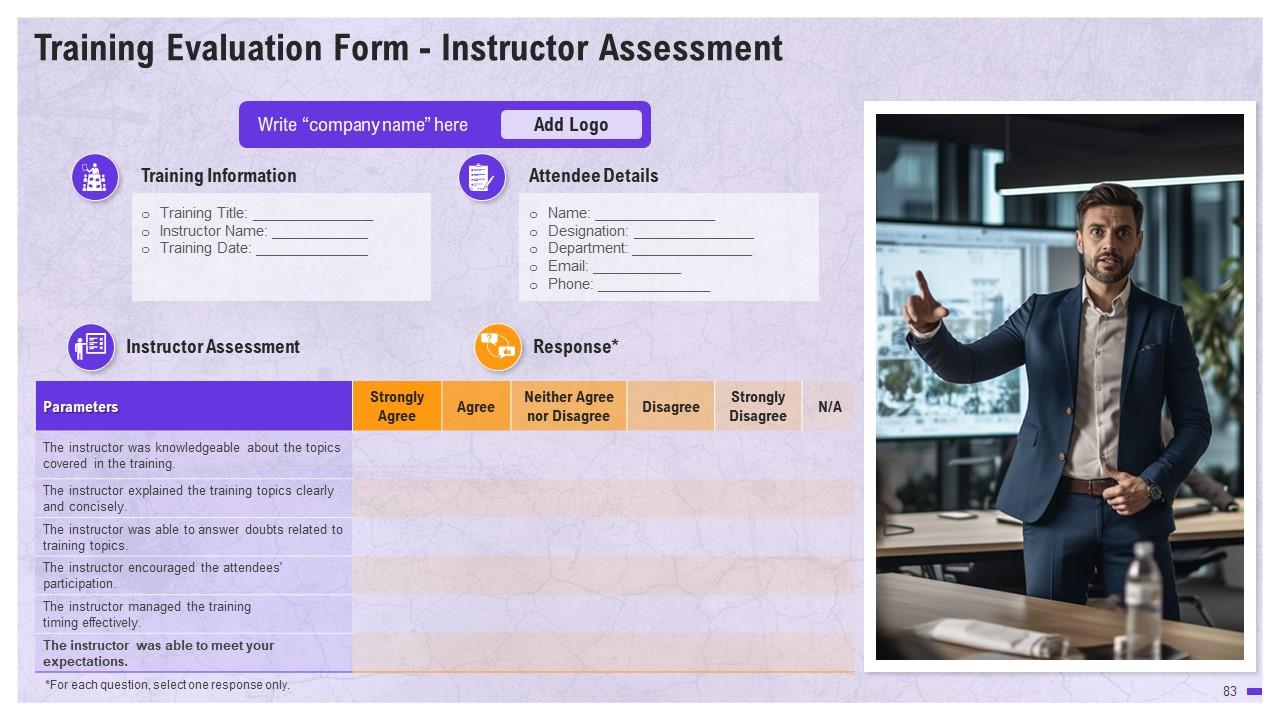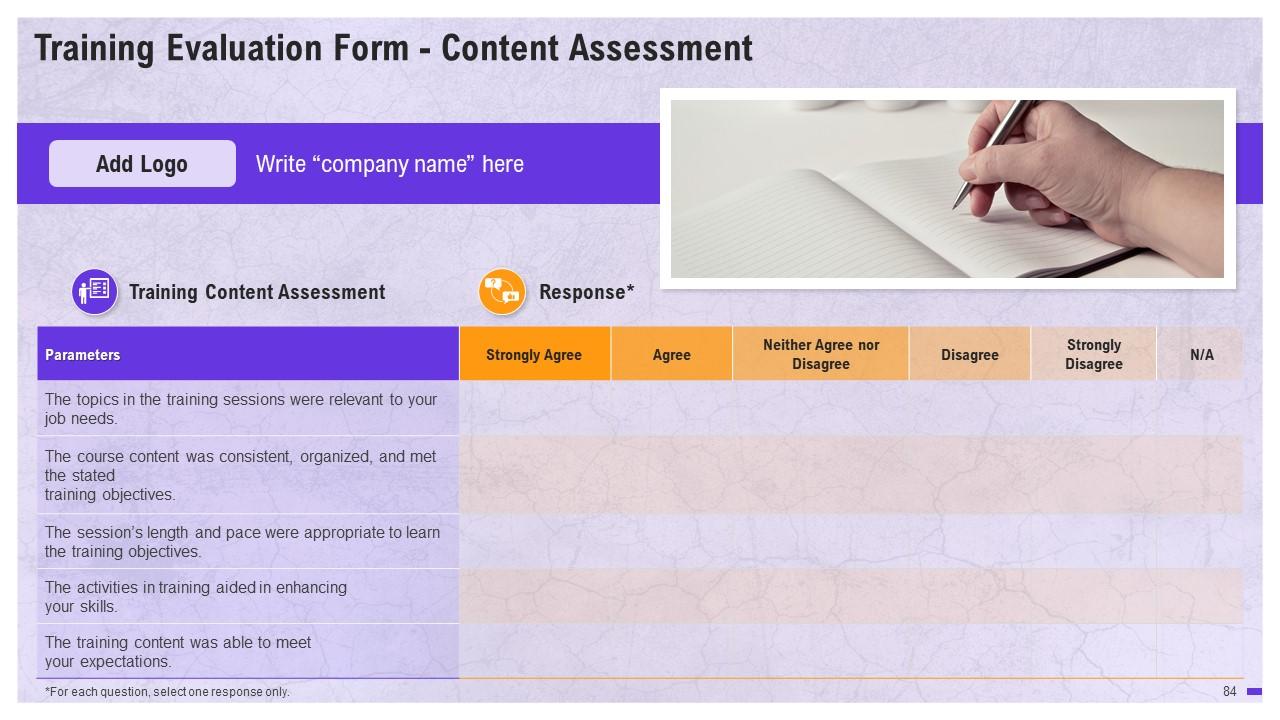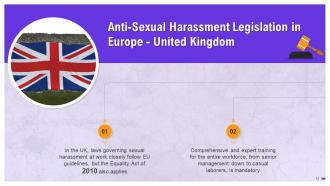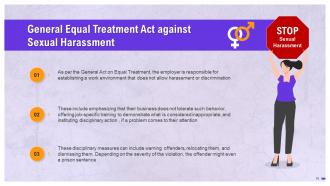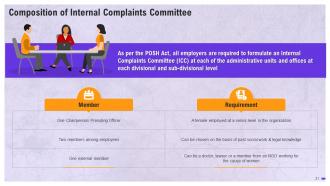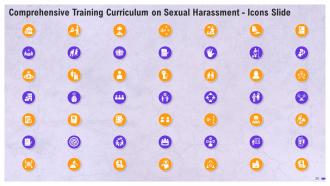Legislative Frameworks for Prevention of Sexual Harassment at Workplace Training Ppt
The PPT Training Module on Legislative Frameworks for Prevention of Sexual Harassment at Workplace provides a comprehensive overview of such laws across the United States, Europe, and India, to make organizations and employees aware of their obligations and rights. The Presentation Deck commences with the United States of America, delving into the laws, like the Civil Rights Act of 1964 and 1991, that were instrumental in recognizing and addressing sexual harassment as a form of sex discrimination. It further highlights the role of the EEOC Equal Employment Opportunity Commission in handling complaints and enforcing regulations. It also discusses the Mandatory Workplace Training requirements in various states like California, Illinois, and New York, detailing their specific provisions. In the Europe section, the PowerPoint Module explores the sexual harassment prevention legislation in the United Kingdom, France, and Germany. Each countrys unique approach to this issue provides a varied perspective on tackling workplace sexual harassment. The next section introduces the POSH Act Prevention, Prohibition, and Redressal Act. This comprehensive law provides a robust framework for protecting women from sexual harassment at their place of work in India. It has Key Takeaways and Discussion Questions related to the topic to make the training session more interactive. It also contains PPT slides on About Us, Vision, Mission, Goal, 30-60-90 Days Plan, Timeline, Roadmap, Training Completion Certificate, Energizer Activities, Client Proposal, and Assessment Form.
The PPT Training Module on Legislative Frameworks for Prevention of Sexual Harassment at Workplace provides a comprehensive..
- Google Slides is a new FREE Presentation software from Google.
- All our content is 100% compatible with Google Slides.
- Just download our designs, and upload them to Google Slides and they will work automatically.
- Amaze your audience with SlideTeam and Google Slides.
-
Want Changes to This PPT Slide? Check out our Presentation Design Services
- WideScreen Aspect ratio is becoming a very popular format. When you download this product, the downloaded ZIP will contain this product in both standard and widescreen format.
-

- Some older products that we have may only be in standard format, but they can easily be converted to widescreen.
- To do this, please open the SlideTeam product in Powerpoint, and go to
- Design ( On the top bar) -> Page Setup -> and select "On-screen Show (16:9)” in the drop down for "Slides Sized for".
- The slide or theme will change to widescreen, and all graphics will adjust automatically. You can similarly convert our content to any other desired screen aspect ratio.
Compatible With Google Slides

Get This In WideScreen
You must be logged in to download this presentation.
PowerPoint presentation slides
Presenting Training Deck on Legislative Frameworks for Prevention of Sexual Harassment at Workplace. This deck comprises of 85 slides. Each slide is well crafted and designed by our PowerPoint experts. This PPT presentation is thoroughly researched by the experts, and every slide consists of appropriate content. All slides are customizable. You can add or delete the content as per your need. Not just this, you can also make the required changes in the charts and graphs. Download this professionally designed business presentation, add your content, and present it with confidence.
People who downloaded this PowerPoint presentation also viewed the following :
Content of this Powerpoint Presentation
Slide 4
This slide gives information about the Civil Rights Act of 1964, which is a major regulation in the USA against sexual harassment at the workplace. The Civil Rights Act of 1964 forbids discrimination at the workplace on the basis of national origin, sex, race, color, or religion in the United States.
Slide 5
This slide discusses the regulations issued by the Equal Employment Opportunity Commission (EEOC). EEOC reinforced that sex discrimination was prohibited by the Civil Rights Act of 1964.
Slide 6
This slide talks about the Civil Rights Act of 1991, which amends Title VII safeguards. It adds clauses widening the ambit of women’s rights to file lawsuits, for sexual discrimination or harassment.
Slide 7
This slide lists features of the USA sexual harassment law. These are: Anti-retaliation, mandatory trainings, few procedural hurdles, mandatory, arbitrary & non-disclosure agreements, and loopholes in nontraditional employment relationships.
Instructor’s Notes:
- Anti-retaliation: Title VII forbids retaliation against employees who complain of sexual harassment at the workplace
- Mandatory trainings: US states like California, Connecticut, and Maine require certain private sector employers to conduct compulsory sexual harassment training
- Less procedural hurdles: Plaintiffs are required to submit a ‘charge’ with the EEOC (Equal Employment Opportunity Commission) prior to filing a lawsuit. Plaintiffs have a limited amount of time to submit a complaint, often 300 days, but sometimes as little as 180 days
- Mandatory, arbitrary & nondisclosure agreements: Many American firms demand that the new hires sign contracts that restrict their ability to file claims for sexual harassment. These agreements may stipulate that sexual harassment claims must be resolved through private arbitration instead of open court proceedings. Pre-dispute agreements to arbitrate sex discrimination claims are prohibited by a proposed federal law, and numerous states are exploring legislation to restrict the applicability of non-disclosure agreements in sexual harassment cases
- Loopholes in non-traditional employment relationships: Title VII only applies to ‘employees’. Co-owners and independent contractors are not included. These workers, however, can file claims under state laws
Slide 8
This slide tells us about mandatory sexual harassment training at the workplace in California. California requires businesses with more than five employees to offer both a written sexual harassment policy and interactive training (either in-person or online). This is an extension of a 2005 law that mandated organizations with over 50 employees to provide training to supervisors only.
Slide 9
This slide tells us about mandatory anti-sexual harassment training at the workplace in Illinois. Every Illinois firm must give its employees with both a policy and training on sexual harassment prevention.
Slide 10
This slide tells us about mandatory anti-sexual harassment training at the workplace in New York. It was the first state to legislate laws regarding mandatory annual harassment training at the workplace. The state requires each organization to provide a documented policy.
Slide 12
This slide talks about anti-sexual harassment legislation in Europe. The "Dignity Harm Approach" serves as the foundation for sexual harassment laws in the European Union. The relevance of compliance training in preventing sexual harassment in Europe, particularly at work, is discussed in the EU Directive 2006/54/EC.
Slide 13
This slide gives information about the EU Directive 2006/54/EC. It states that harassment and sexual harassment oppose the principle of equality between men and women and constitute discrimination on the grounds of sex for the purposes of this directive.
Slide 14
This slide tells us about the sexual harassment legislation in the United Kingdom. In the UK, laws governing sexual harassment at work closely follow EU guidelines, but the Equality Act of 2010 is applicable as well.
Slide 15
This slide discusses the Equality Act of 2010. Section 40 of the Equality Act of 2010 forbids employers from harassing their employees; Section 109 puts the burden of proof of showing that they did enough against the harasser on the employer.
Slide 16
This slide talks about the sexual harassment legislation in France. Organizations are looking for training courses for their workforces to ensure that behavioral red lines are not crossed and are required to complete compliance training in this respect.
Slide 17
This slide talks about the anti-sexual harassment legislation in France. The French Labor Code prohibits any sexist behavior that affects an employee's dignity or fosters an intimidating, hostile, demeaning, humiliating, or insulting work environment.
Slide 18
This slide discusses the sexual harassment legislation in Germany. Businesses operating in Germany must be aware of the strict restrictions, which can result in fines and even prison time. Individuals in charge of employee training and workplace behavior must ensure that their employees are informed of any changes to the laws.
Slide 19
This slide highlights the General Equal Treatment Act against sexual harassment at the workplace. As per Act, the employer is responsible for establishing a work environment that does not allow harassment or discrimination.
Slide 20
This slide talks about sexual harassment legislation in India. The Sexual Harassment of Women at Workplace (Prevention, Prohibition and Redressal) (POSH Act), 2013 protects women from sexual harassment. It also provides for preventing and redressing sexual harassment claims.
Slide 21
This slide depicts the composition of the Internal Complaints Committee as the POSH act mandates.
Slide 27
This slide talks about deadweight losses of sexual harassment in the workplace. Deadweight losses, or societal inefficiencies, rise when taxes are raised above what could have been in the absence of sexual harassment at work.
Slide 39 to 54
These slides contain energizer activities to engage the audience of the training session.
Slide 55 to 82
These slides contain a training proposal covering what the company providing corporate training can accomplish for the client.
Slide 83 to 85
These slides include a training evaluation form for instructor, content and course assessment.
Legislative Frameworks for Prevention of Sexual Harassment at Workplace Training Ppt with all 90 slides:
Use our Legislative Frameworks for Prevention of Sexual Harassment at Workplace Training Ppt to effectively help you save your valuable time. They are readymade to fit into any presentation structure.
-
SlideTeam offers so many variations of designs and topics. It’s unbelievable! Easy to create such stunning presentations now.
-
I never had to worry about creating a business presentation from scratch. SlideTeam offered me professional, ready-made, and editable presentations that would have taken ages to design.


